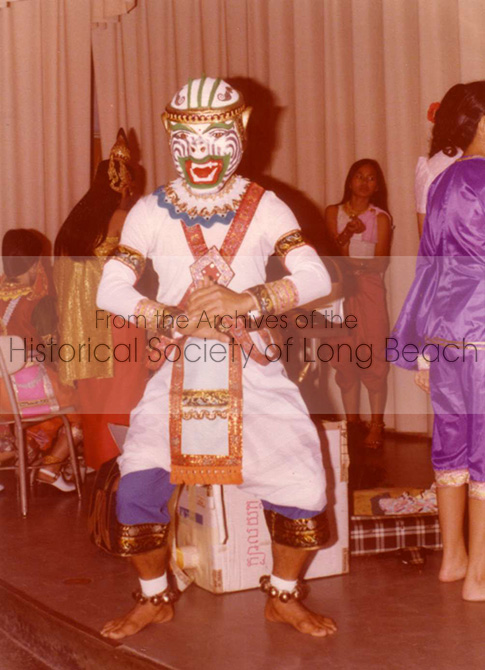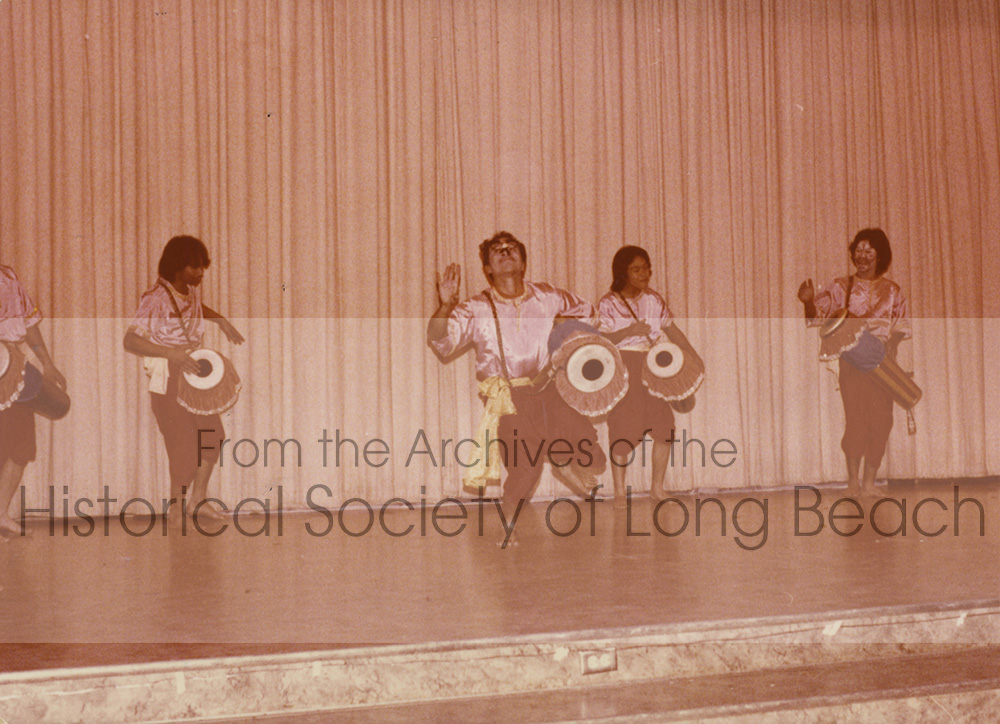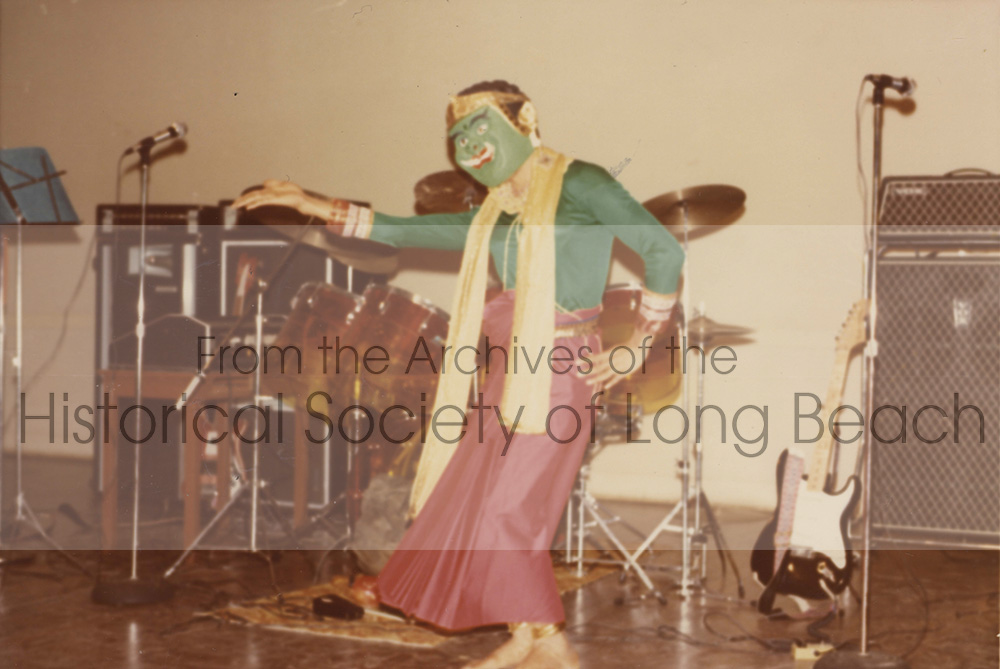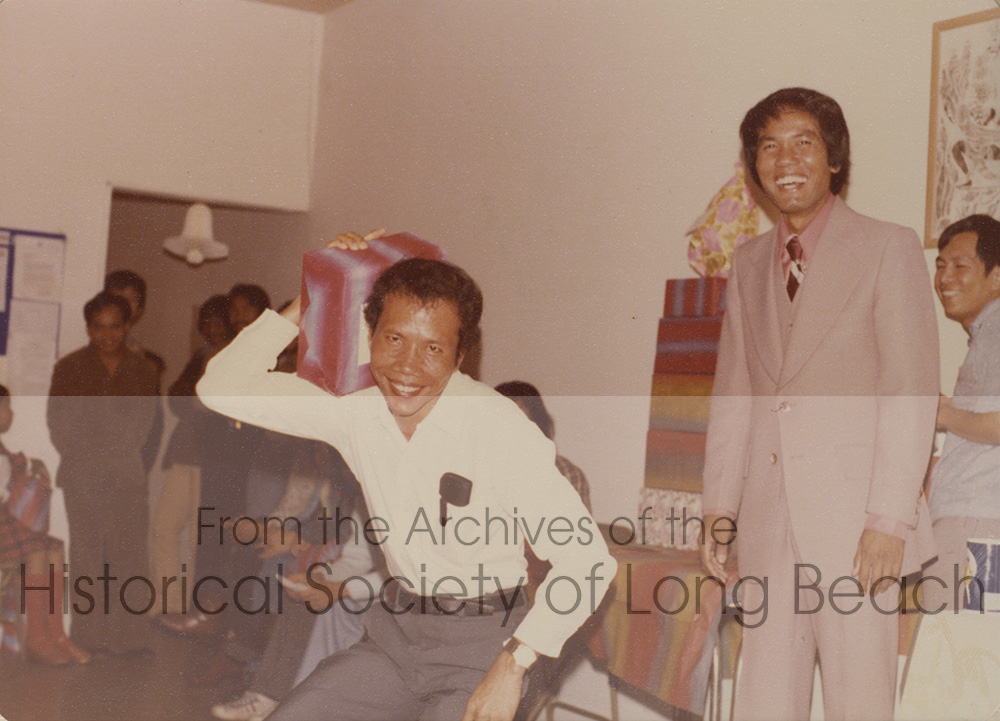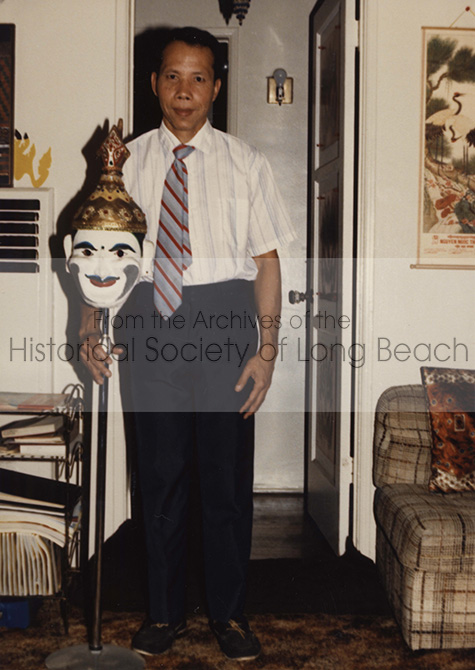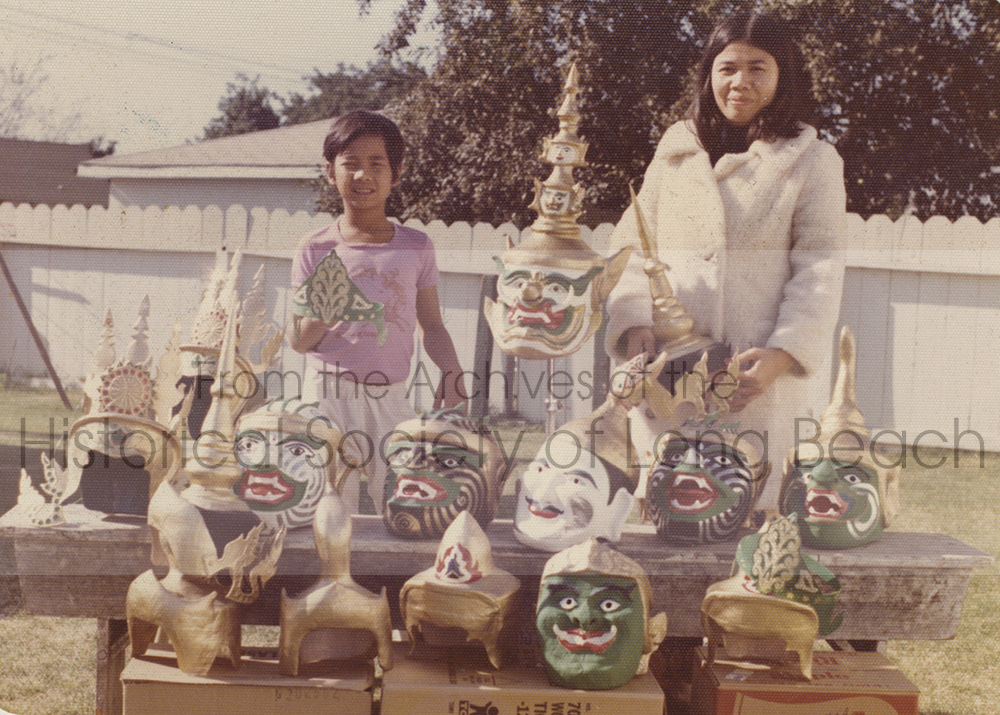This section highlights a small selection of Cambodian American individuals who have impacted the lives of Cambodians in the U.S. Most of the individuals featured here are part of the Long Beach Cambodian community. As with any such selection, this one represents just a small portion of the individuals who made, and who continue to make, a difference for Cambodian Americans as well as the larger society. This page will continue to be updated as we receive more resources and gather more information on other individuals, including those from Cambodian communities outside Long Beach.
The individuals featured on this page are listed alphabetically by surname. Names appear as given name followed by surname as is standard in American English. NOTE: Cambodians typically list their surname first and their given name last which can create some confusion in newspapers and other documents.
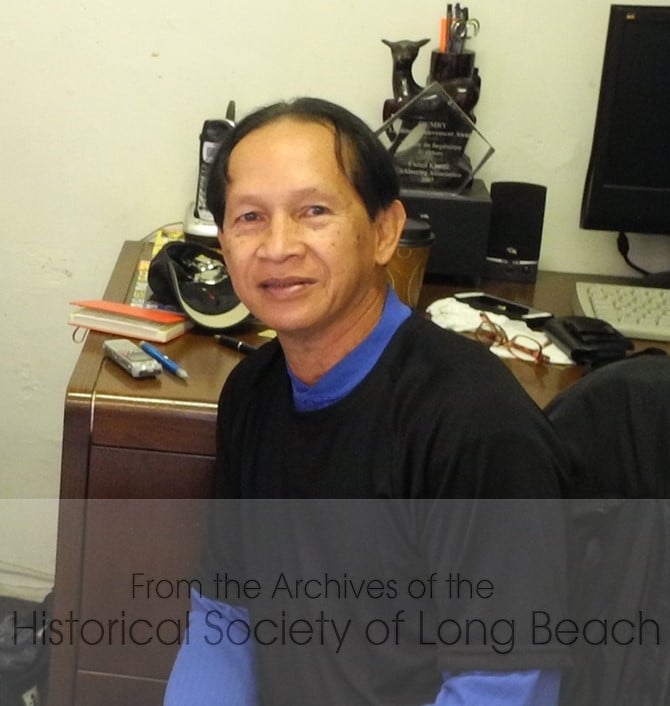
Oum Ry Ban is a Pradal Serey (free-style boxing; also known as Kun Khmer) champion. At 5’6”, he is small for a kickboxer, but he had enormous confidence as well as speed, and could beat men who were much larger than him. Oum Ry began training when he was 15 years old. He lost his first match but won the third one and went on to become a champion at the age of 18. Throughout his career he was never knocked out. He came to Long Beach in 1986 and set up a Pradal Serey gym. He became part of the Long Beach Gang Intervention/Prevention Program helping hundreds of at-risk young men find discipline, comradery, and success.
Images
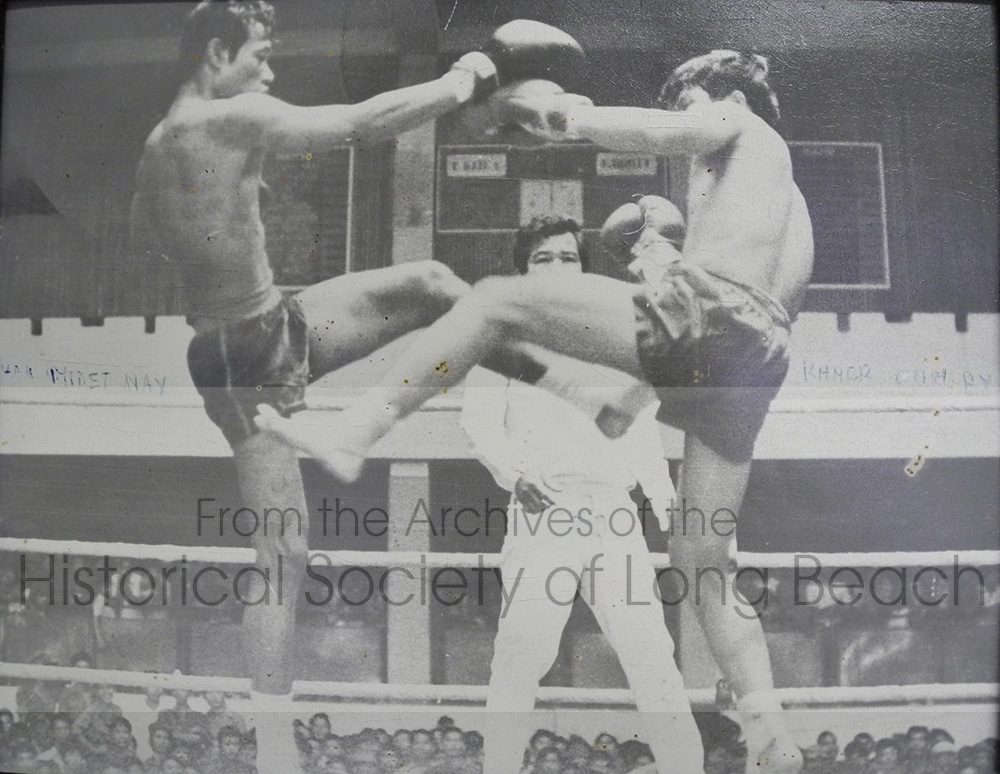
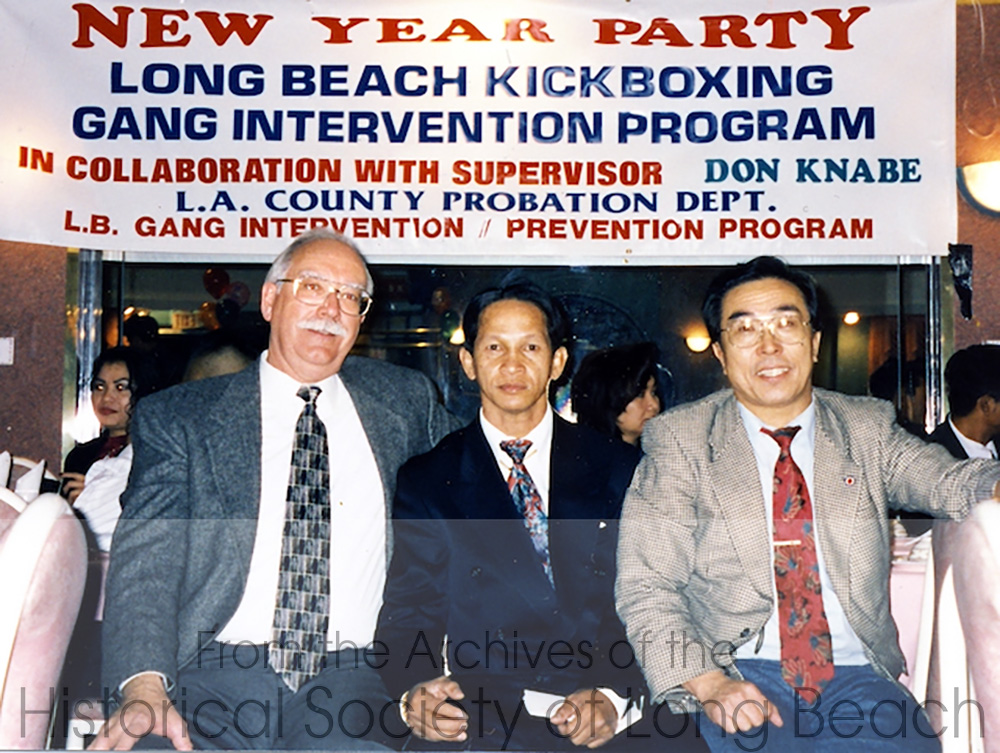
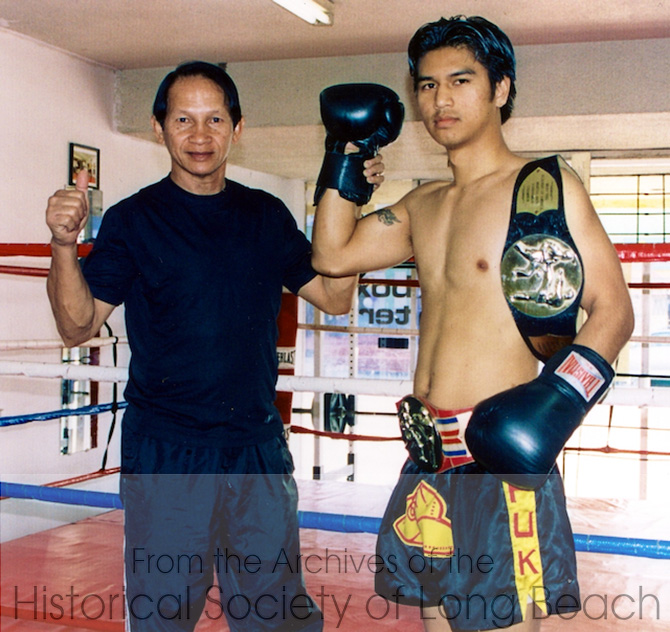
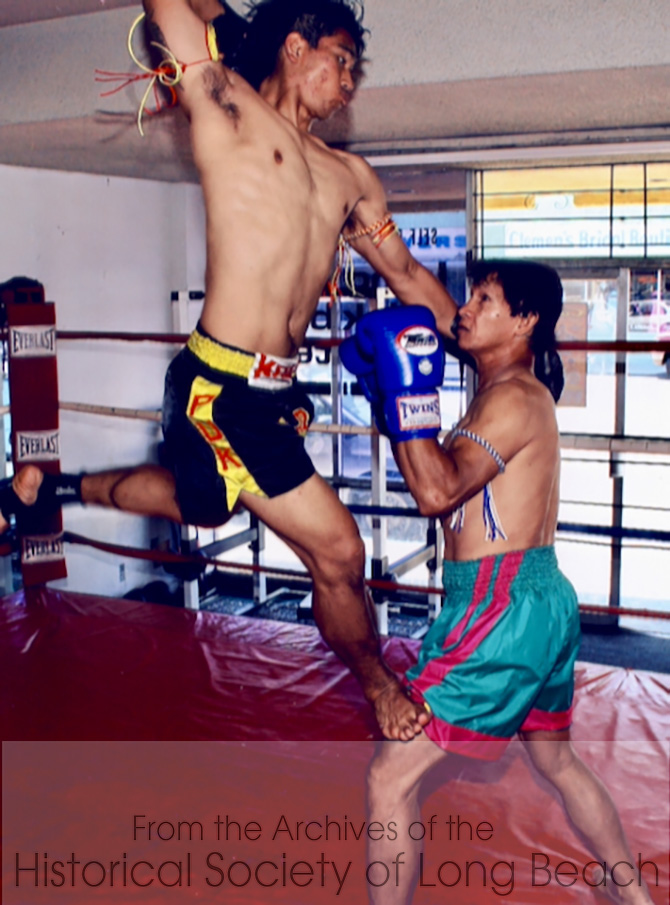
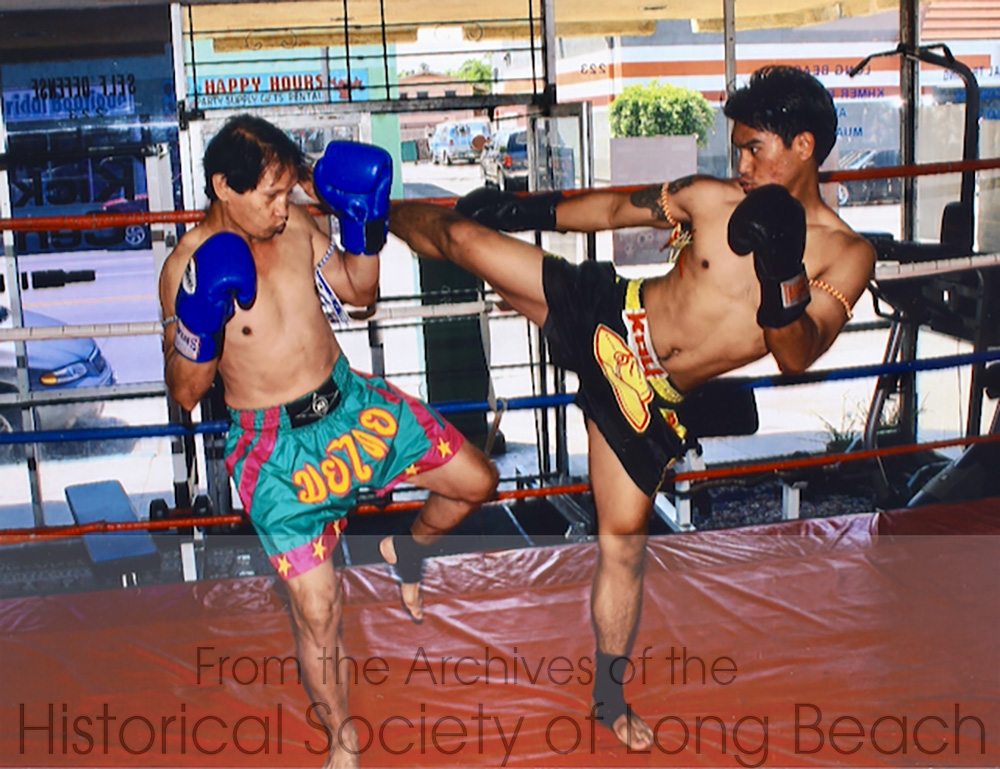
Videos
Additional Resources
✧ A brief guide to Khmer kickboxing – The Press Telegram – June 30, 2007
✧ Doppel House Press News – Oum Ry Ban
✧ Suggested Reading: I am Oum Ry: Champion Kickboxer’s Story of Surviving the Cambodian Genocide and Discovering Peace – Zochada at and Addi Somekh (2022)
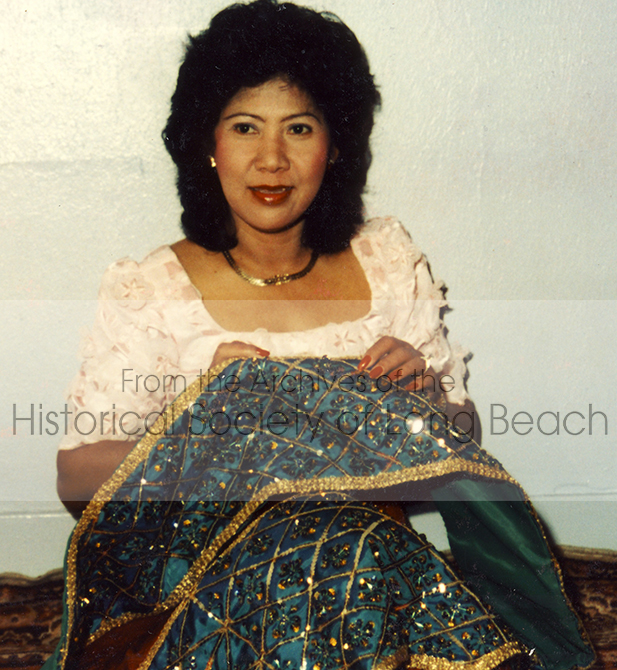
Ms. Hang was a well-known dancer and performer who entertained Cambodian troupes throughout Cambodia prior to the 1970 coup which toppled Prince Sihanouk and put Lon Nol in power. She says her role and the roles of the other performers were similar to that of Bob Hope; bringing comic relief to the troupes and performing traditional and folk dances that reminded them of their villages.
Images
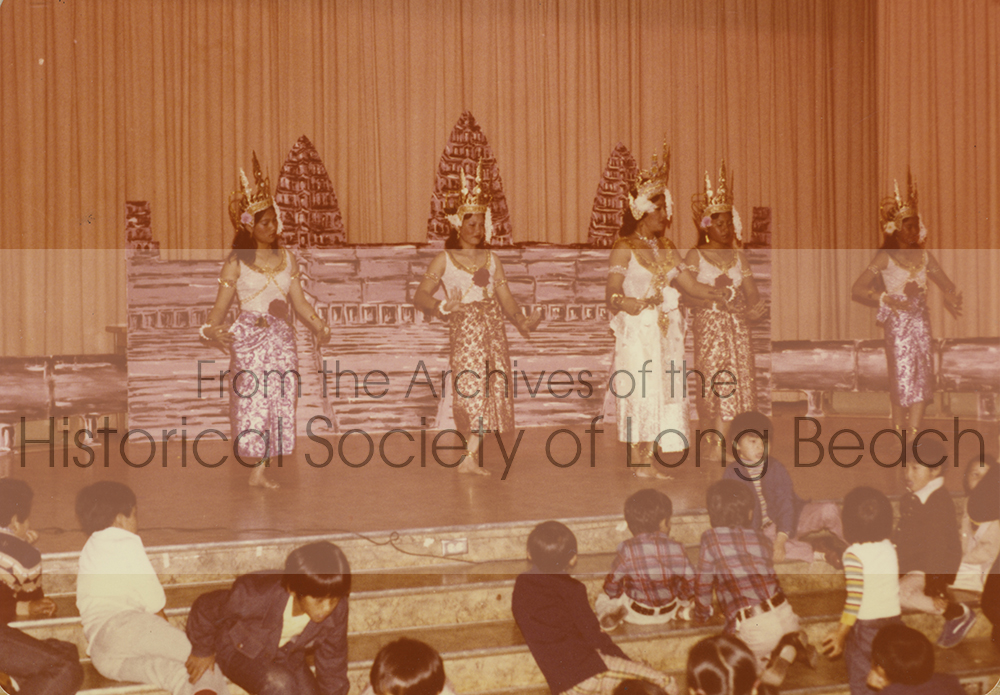
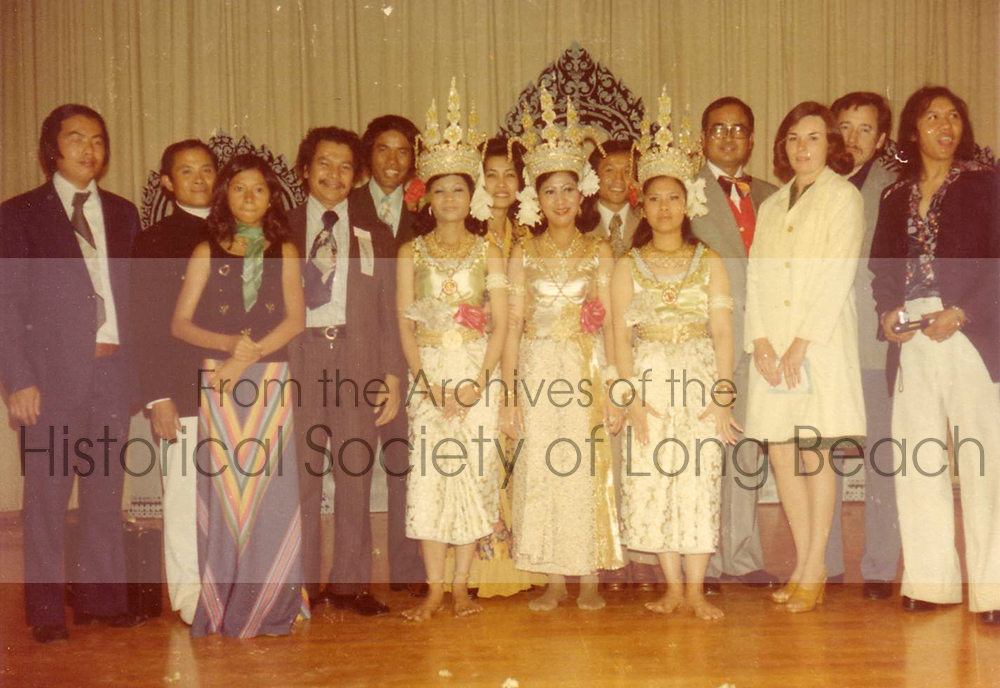
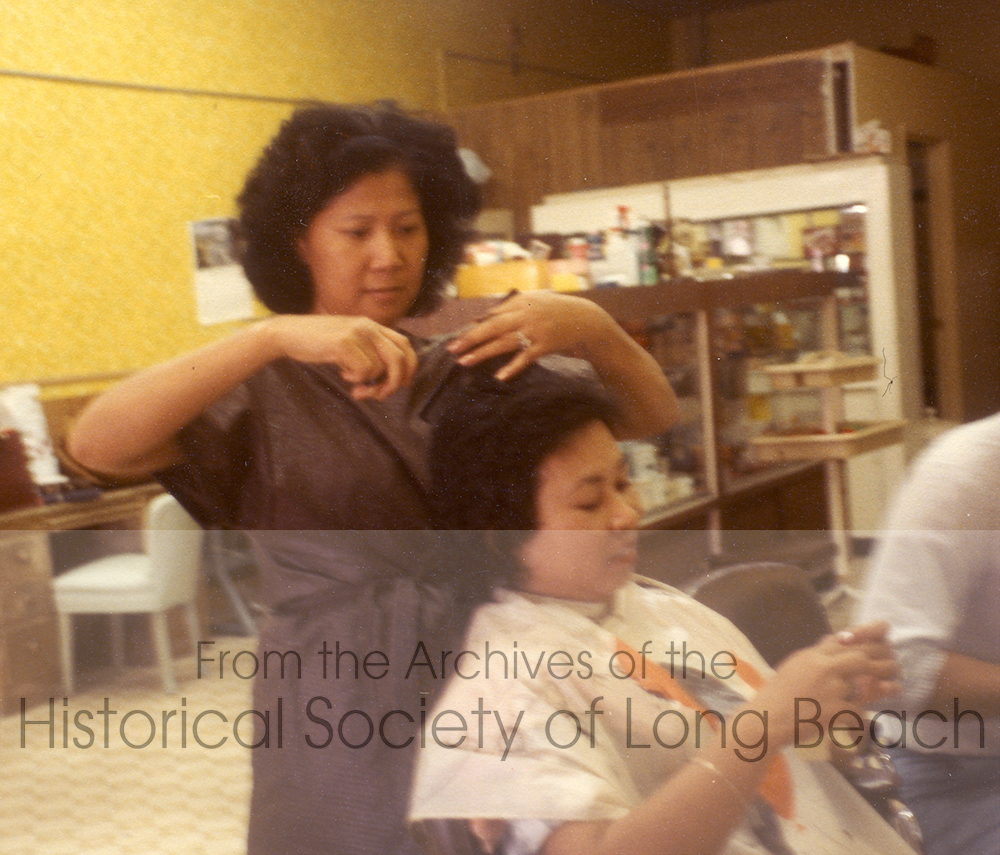
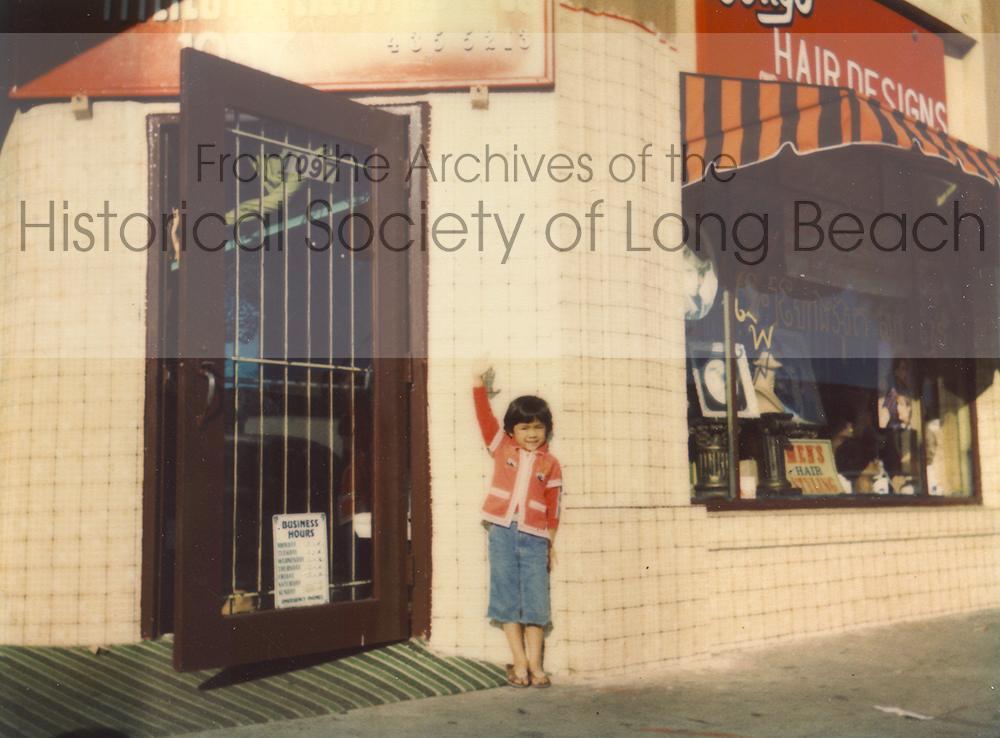
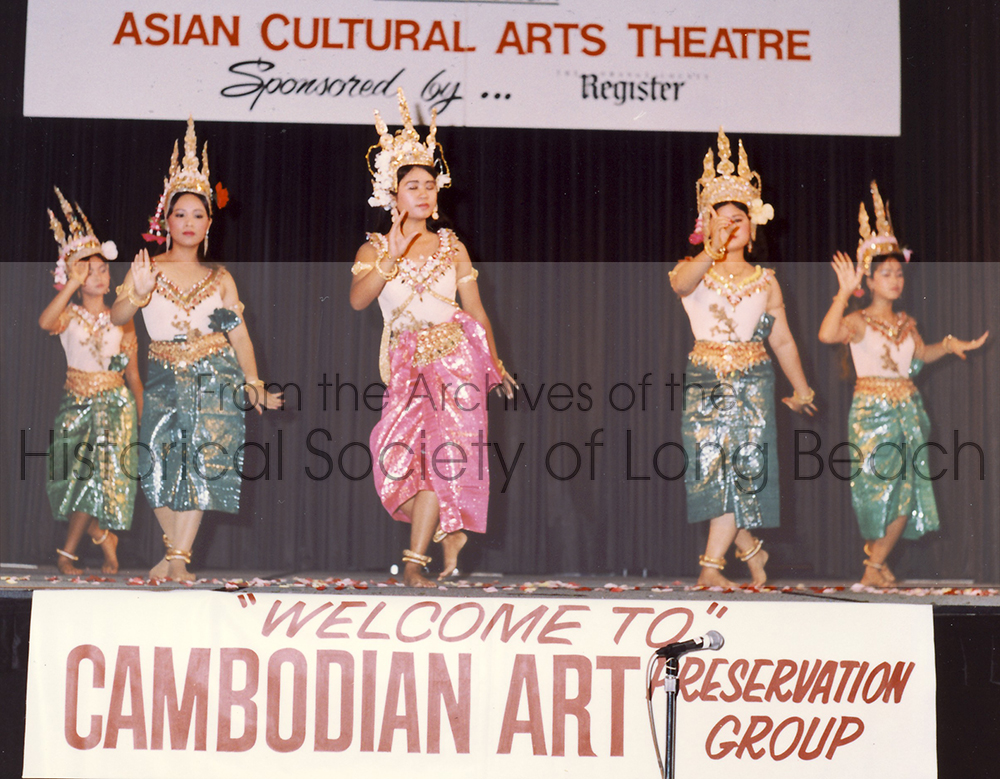
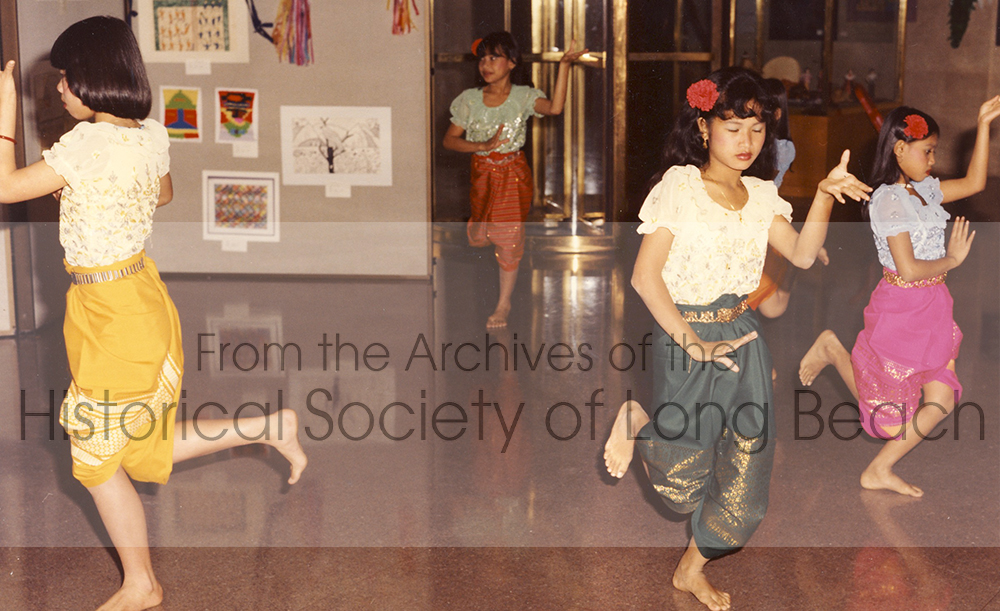

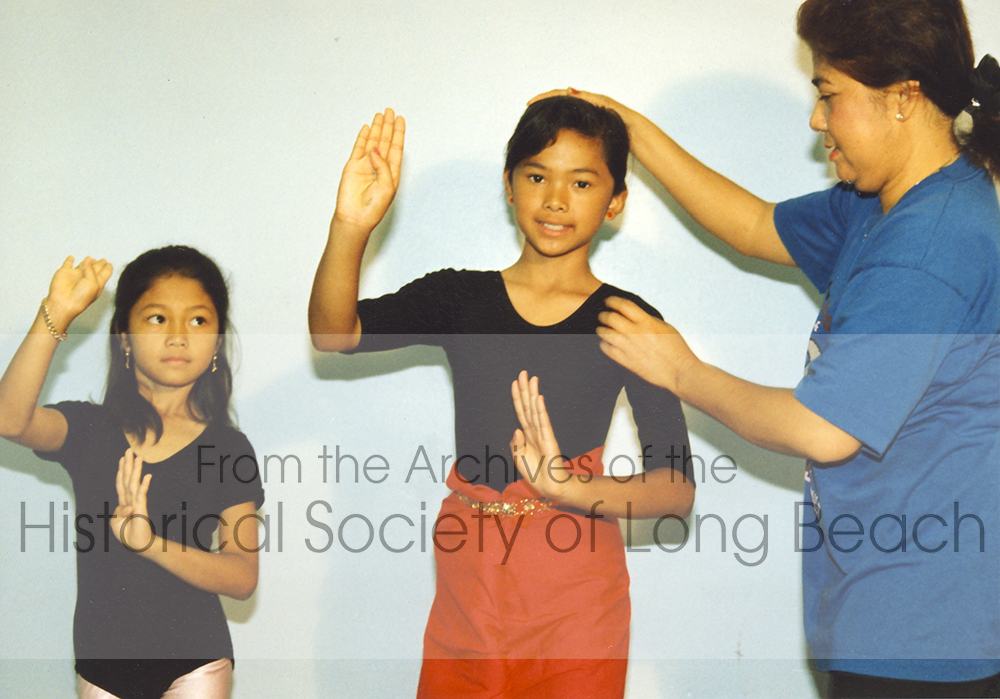
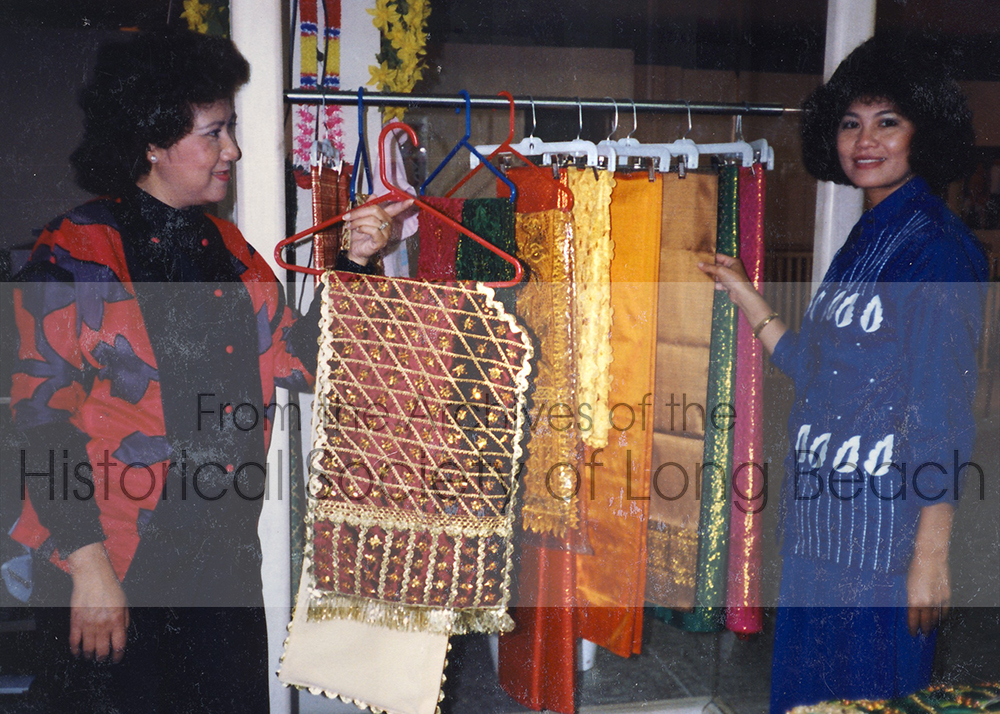
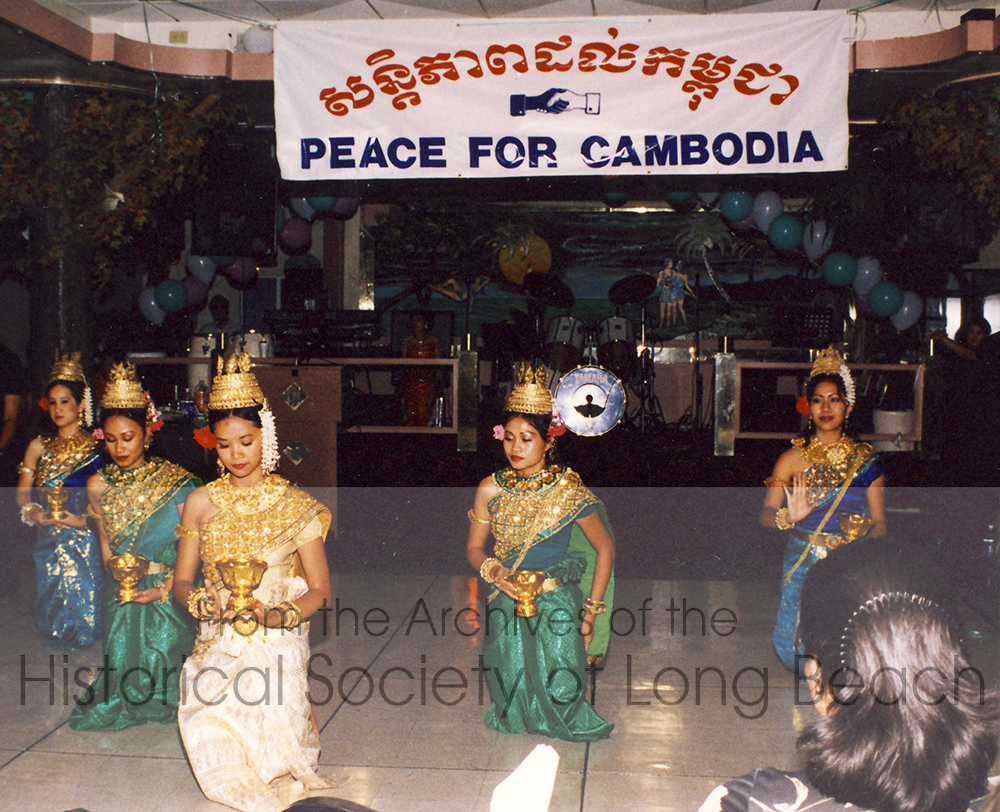
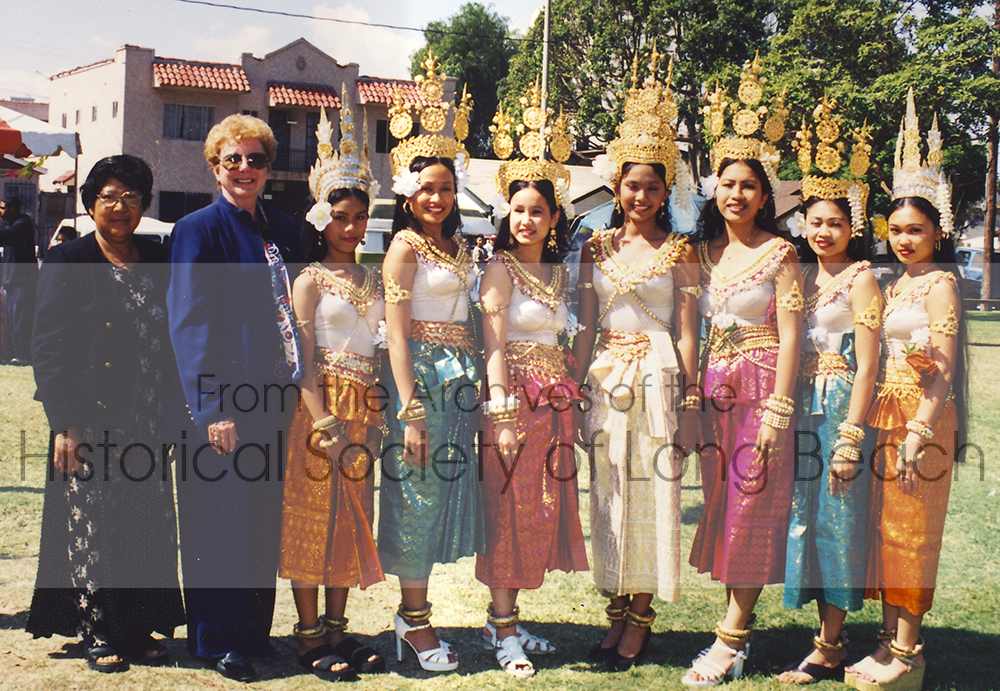
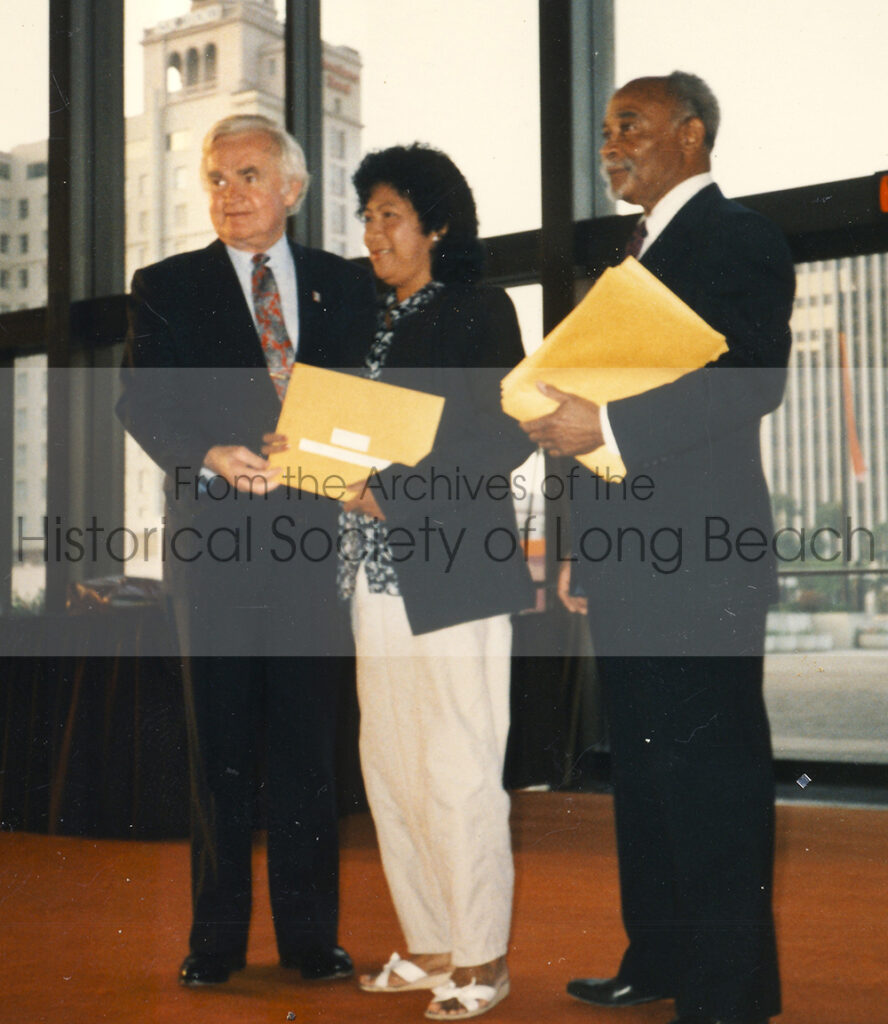
Documents
✧ Poster for a Cambodian Arts Preservation Group event for Khmer New Year, 1986
✧ The People’s Dancer: Hang Leng
Additional Resources
✧ “Cambodians find L.B. a place to wait and worry” – The Press Telegram – June 28, 1979
✧ Suggested Reading: Apsara: The Feminine in Cambodian Art – Amy Catlin (1987)
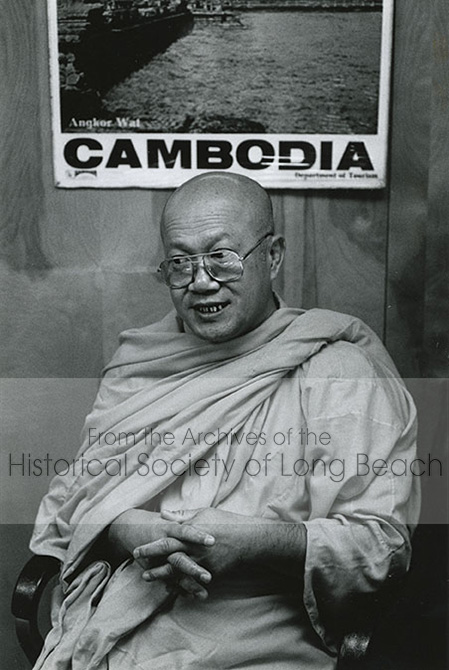
Venerable Chhean Kong had been studying in India when Cambodia fell to the Khmer Rouge. He was sponsored to the United States in 1979 to establish a Buddhist temple for the Long Beach community. Cambodian Buddhism was central to all aspects of Cambodian physical and emotional lives. Monks performed ceremonies that were critical for honoring the dead and helping survivors manage their trauma. In addition to establishing the Khemara Buddhikaram temple, Ven. Chhean Kong earned a Ph.D. in psychology and worked at the Long Beach Department of Mental Health where he bridged Western and Cambodian concepts of health and healing.
Images
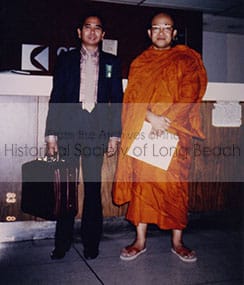
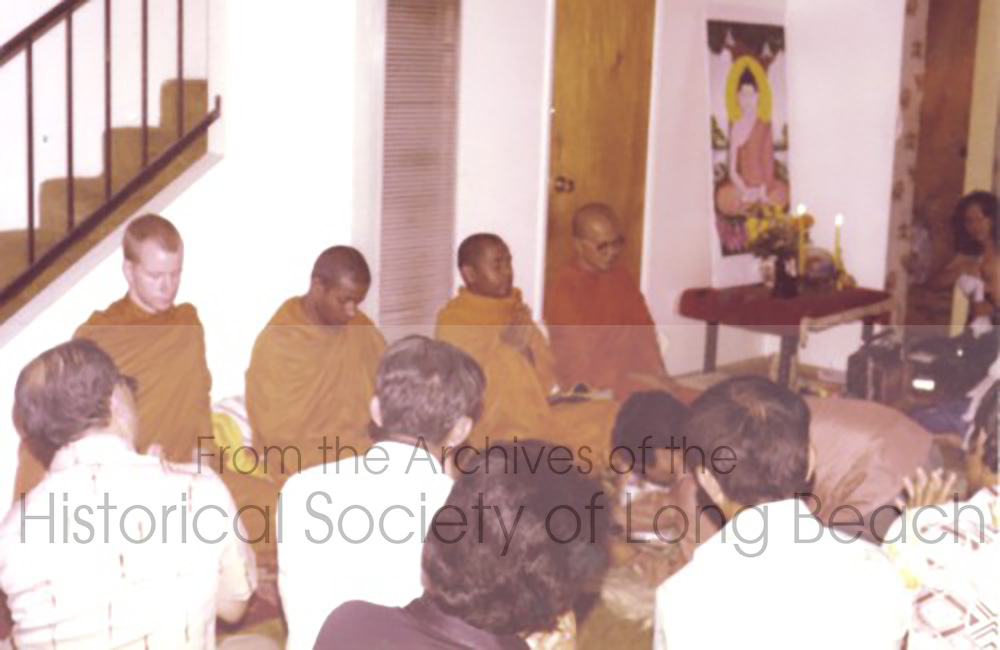
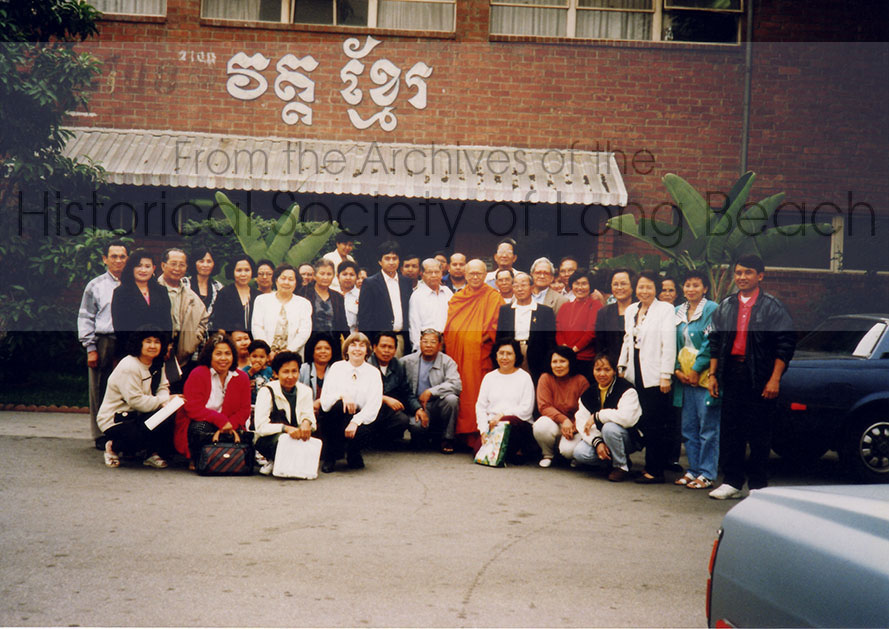
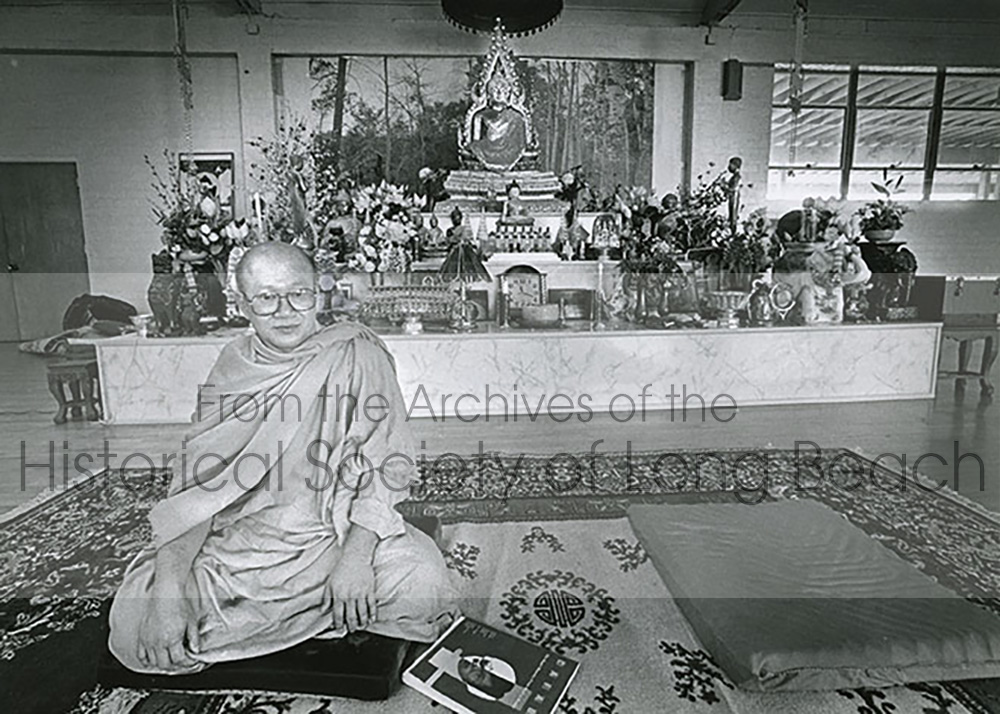
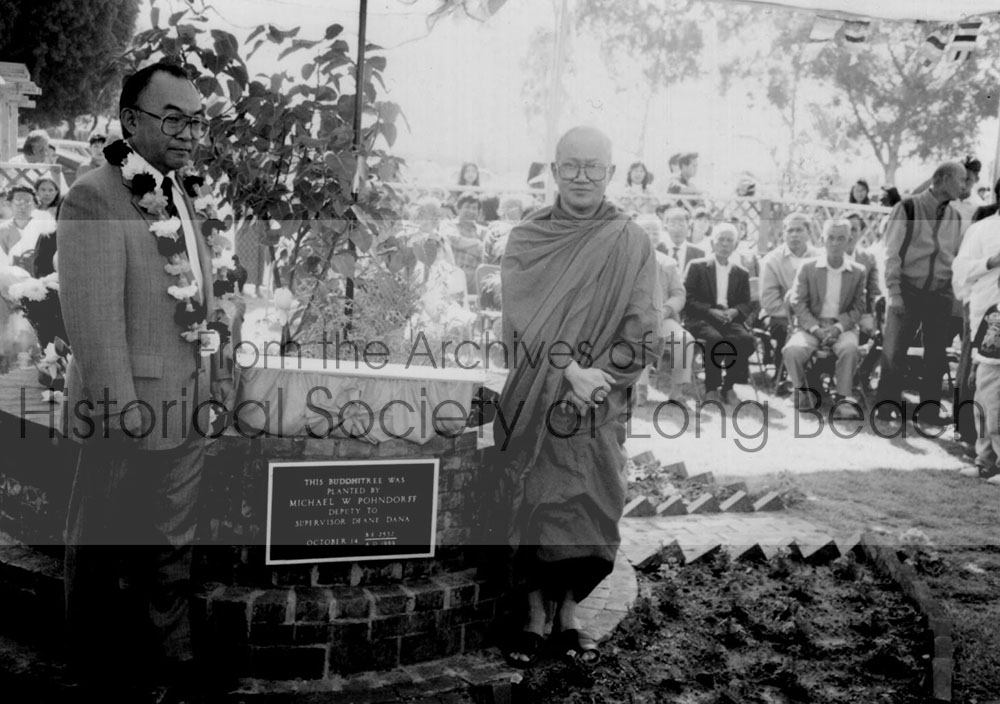

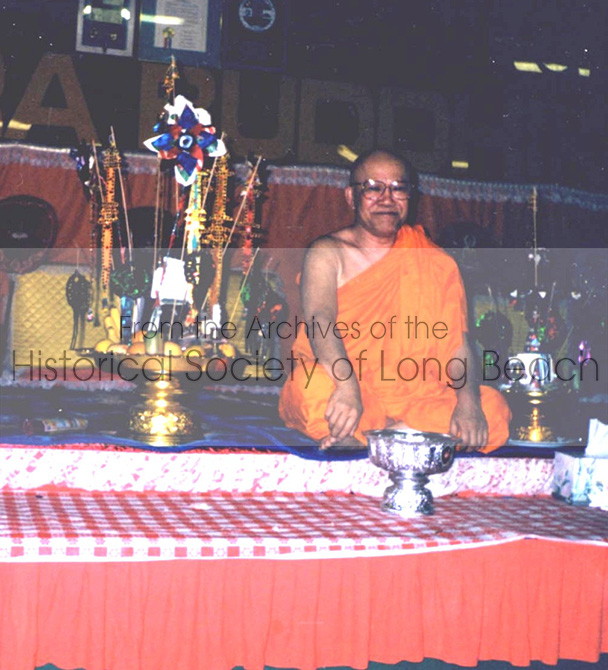
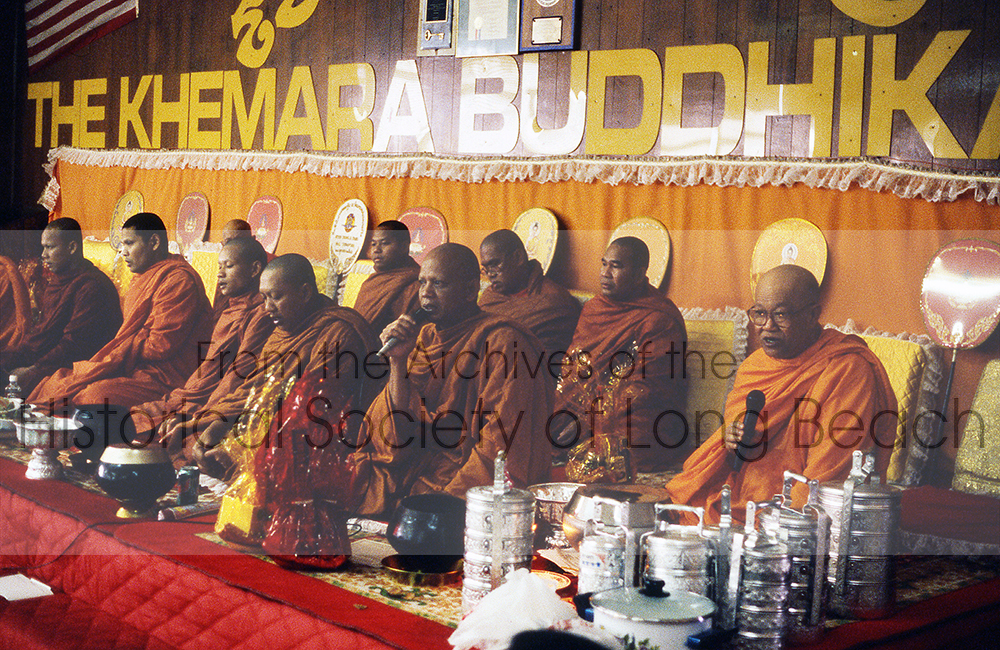
Documents
Letters written by David Kreng advocating for Rev. Chhean Kong’s Sponsorship:
Newspaper articles about Rev. Chhean Kong:
✧ “Celebrating a monk” – The Press-Telegram – January 17, 2011
Rev. Chhean Kong’s call to raise funds for the temple’s remodel:
✧ APPEAL FOR FUND for The Cambodian Buddhist Monastery
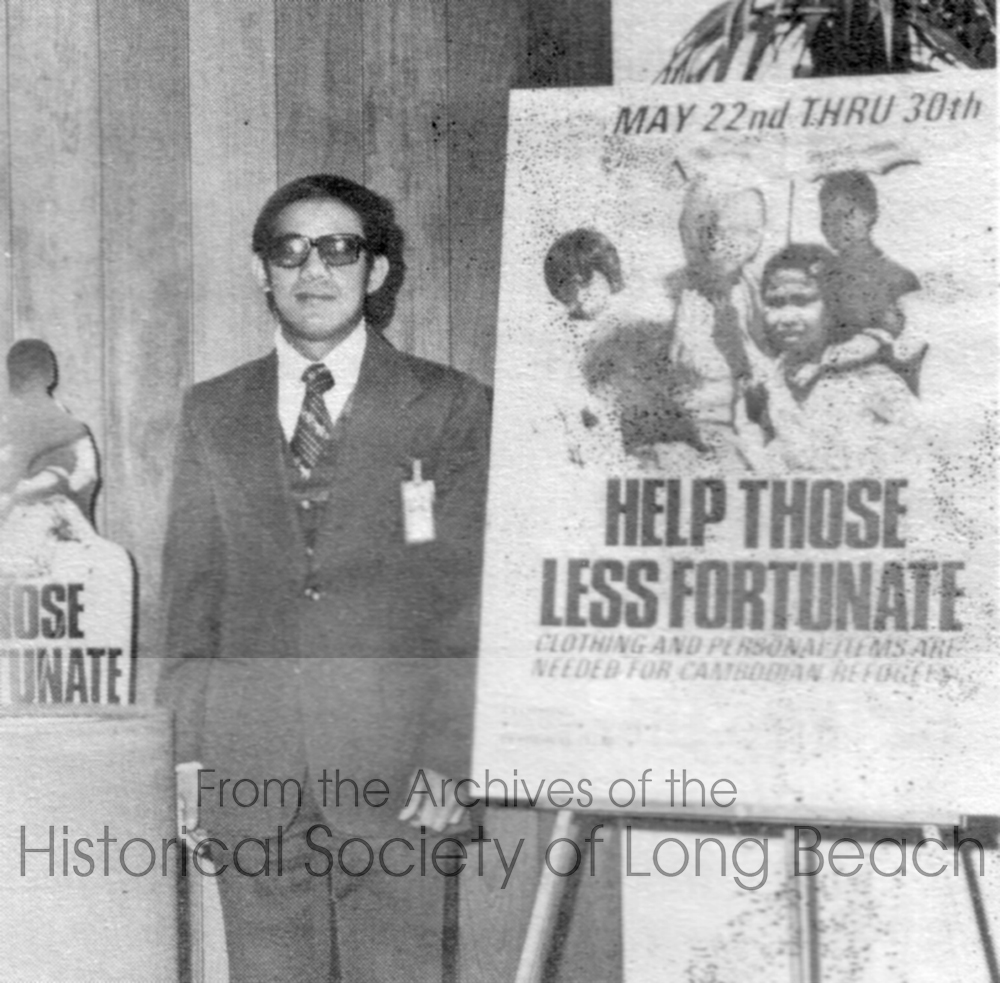
Mr. Viradet “David” Kreng attended Ohio State University in the 1960s. He was working as a nuclear engineer for Bechtel and living with his family in the Los Angeles area when Cambodia fell to the Khmer Rouge. He and approximately 10 other Cambodian families in Southern California were instrumental in organizing assistance for the Cambodians evacuated to Camp Pendleton in 1975. They also helped to sponsor Cambodians from the refugee camps in Thailand.
Images
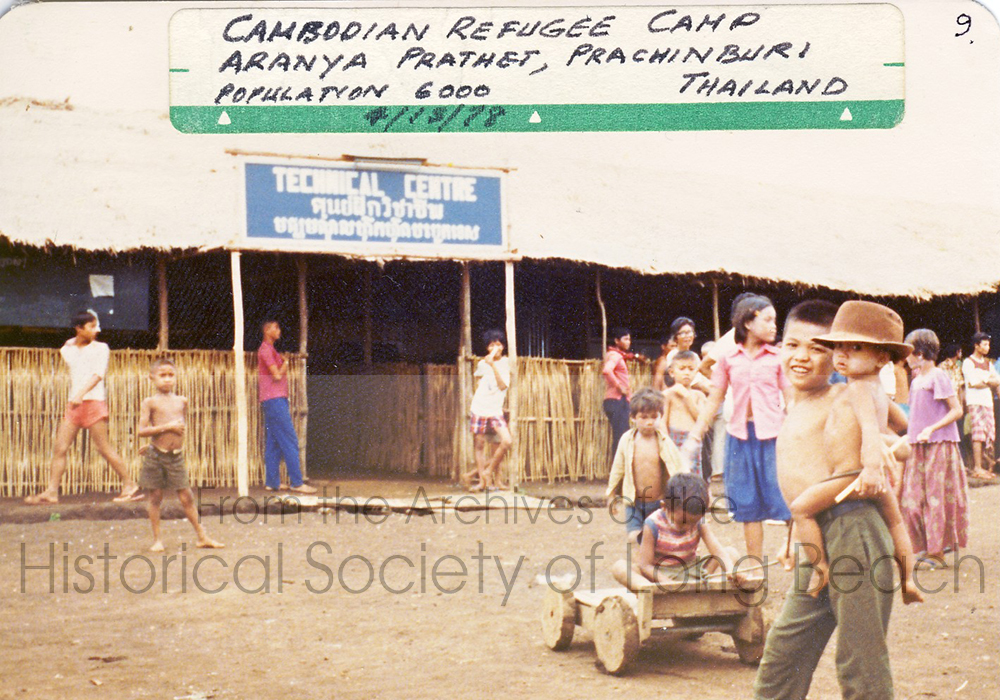
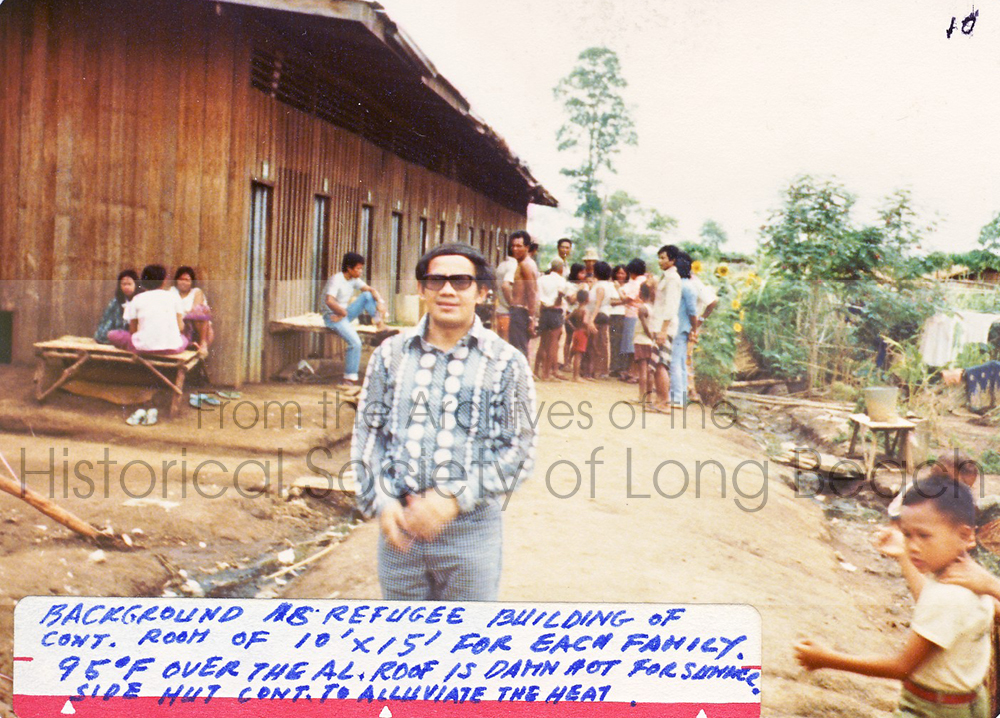
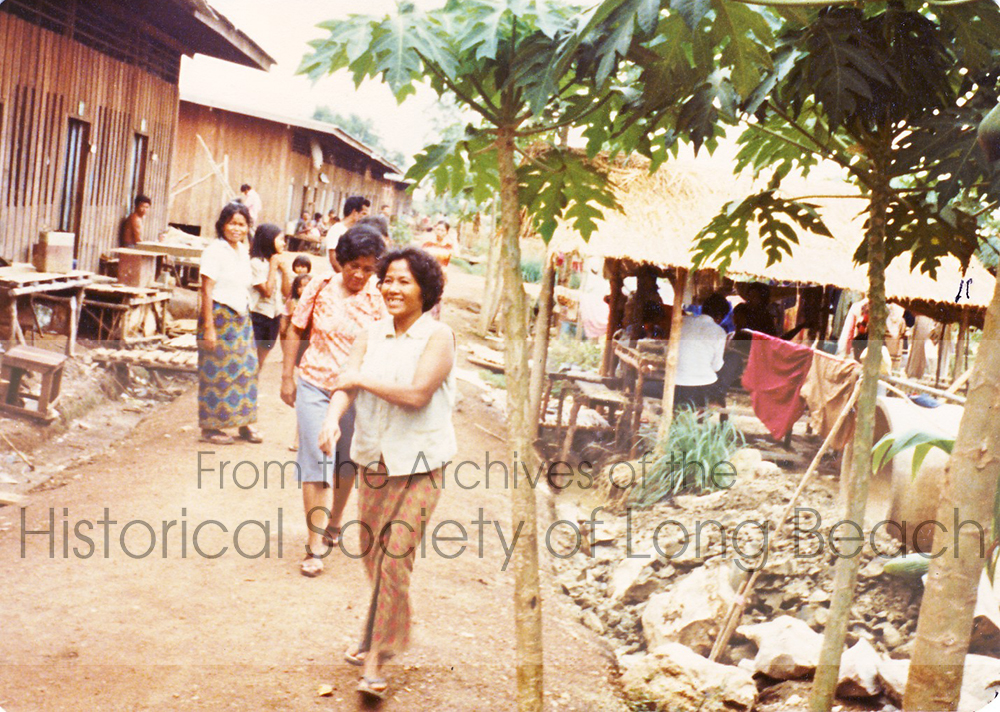
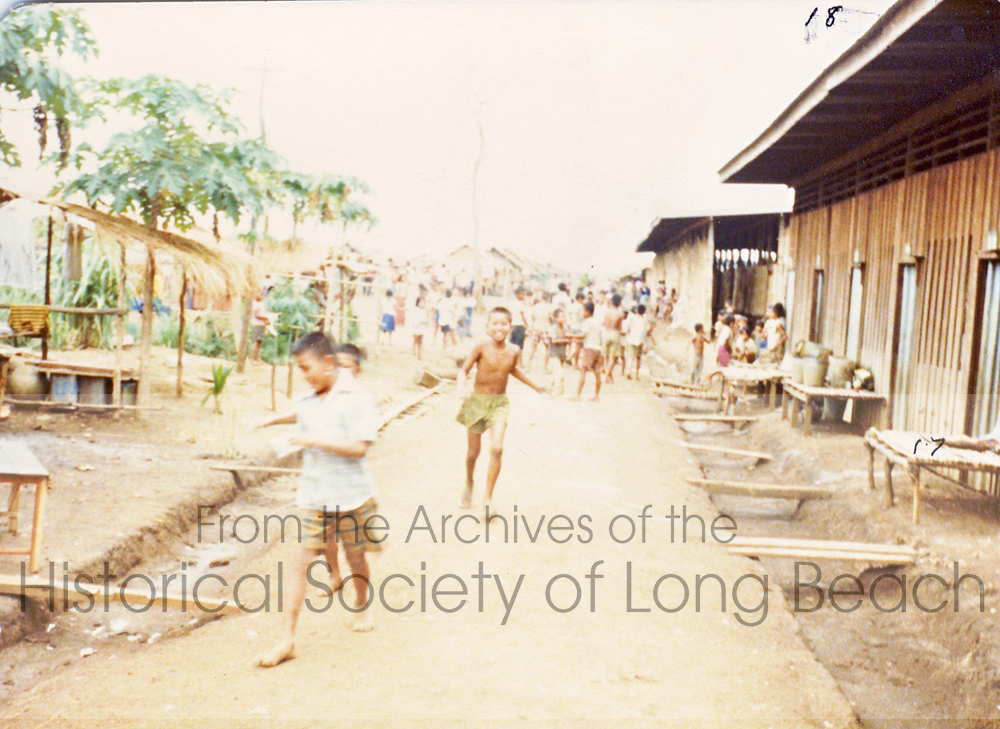
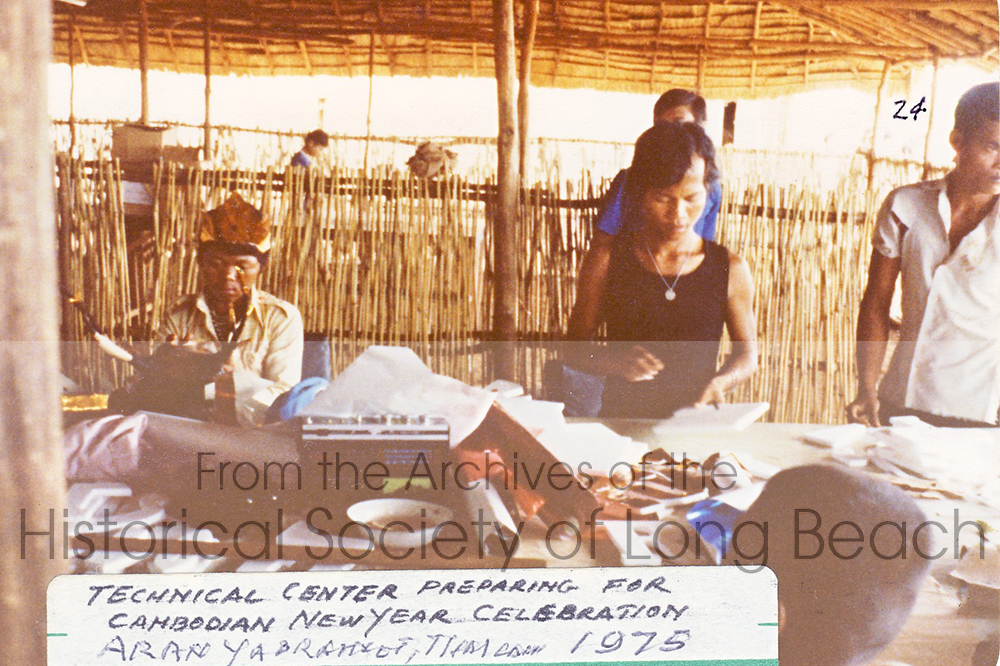
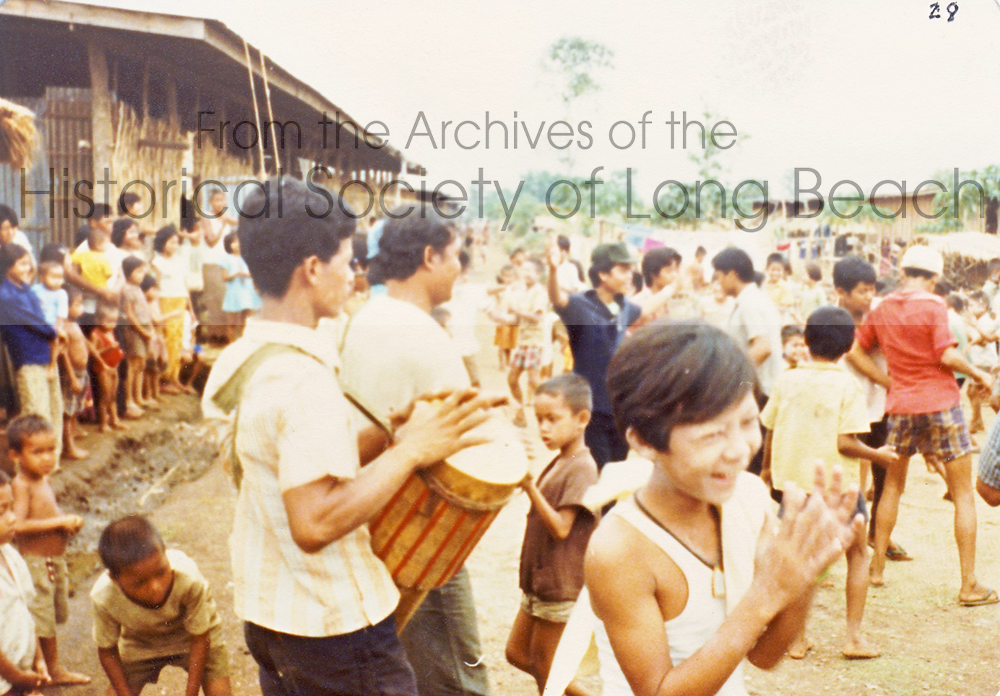
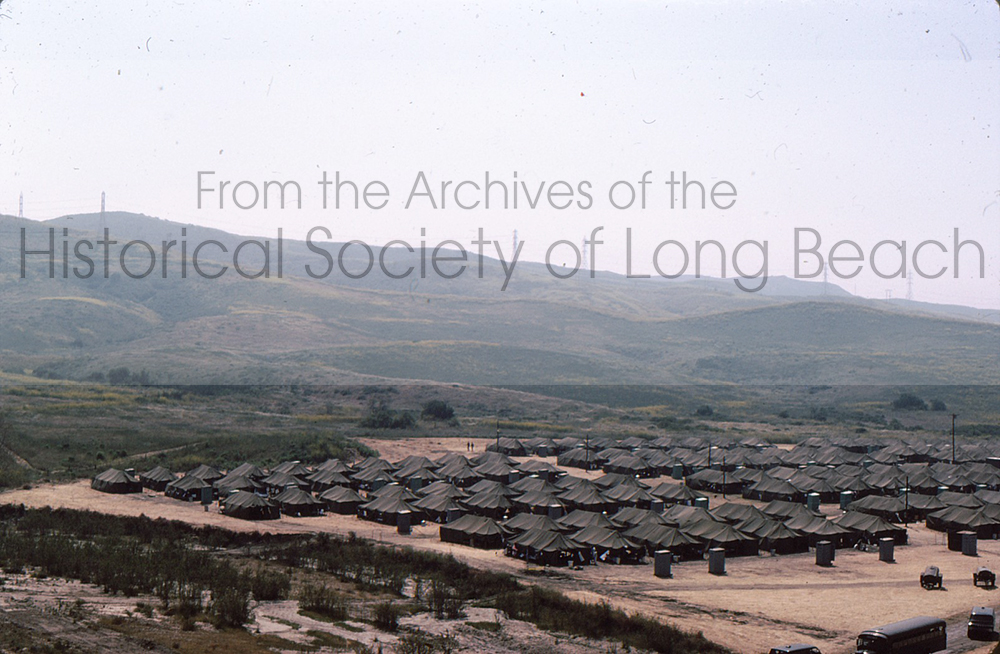
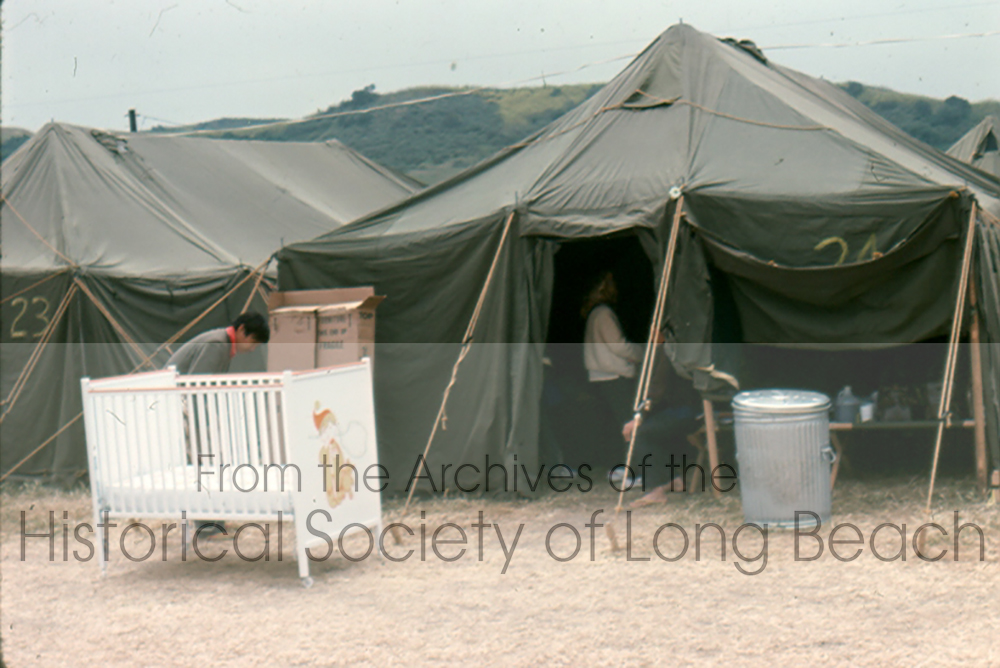
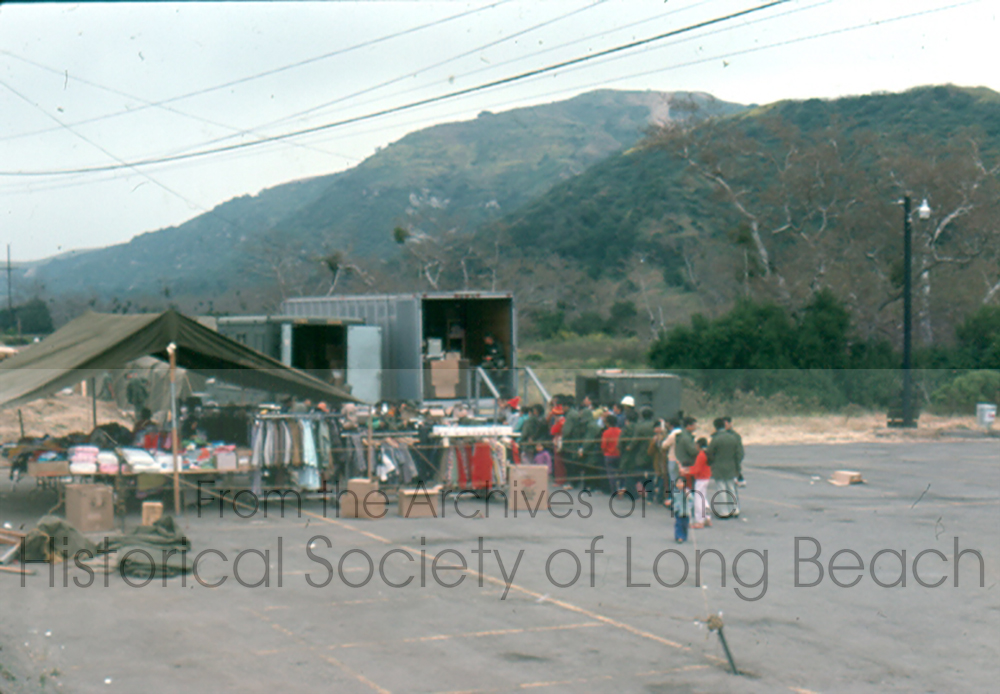
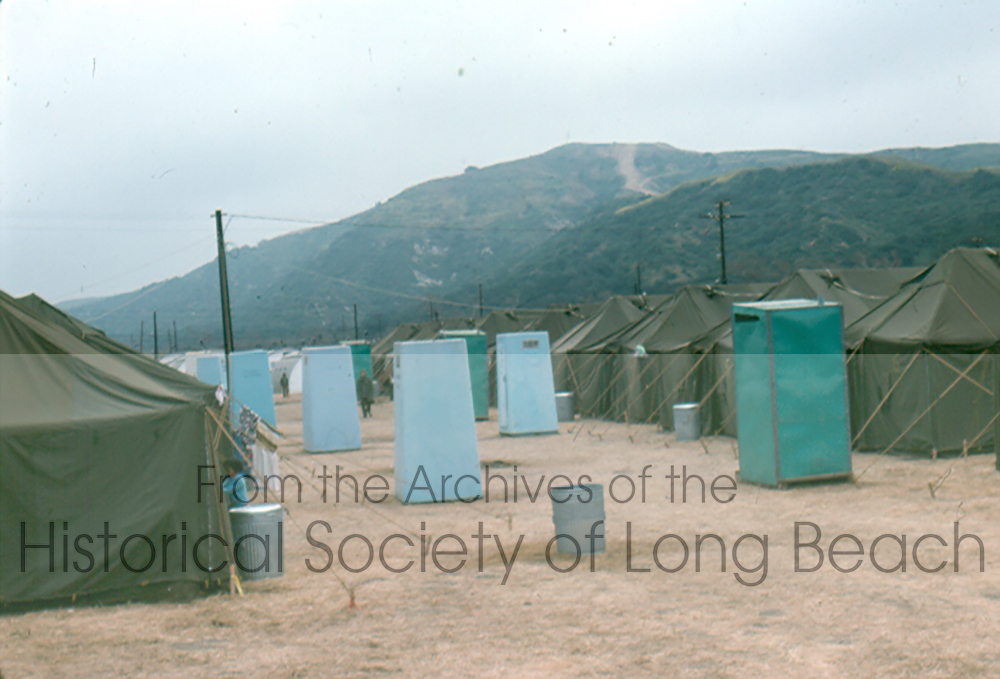
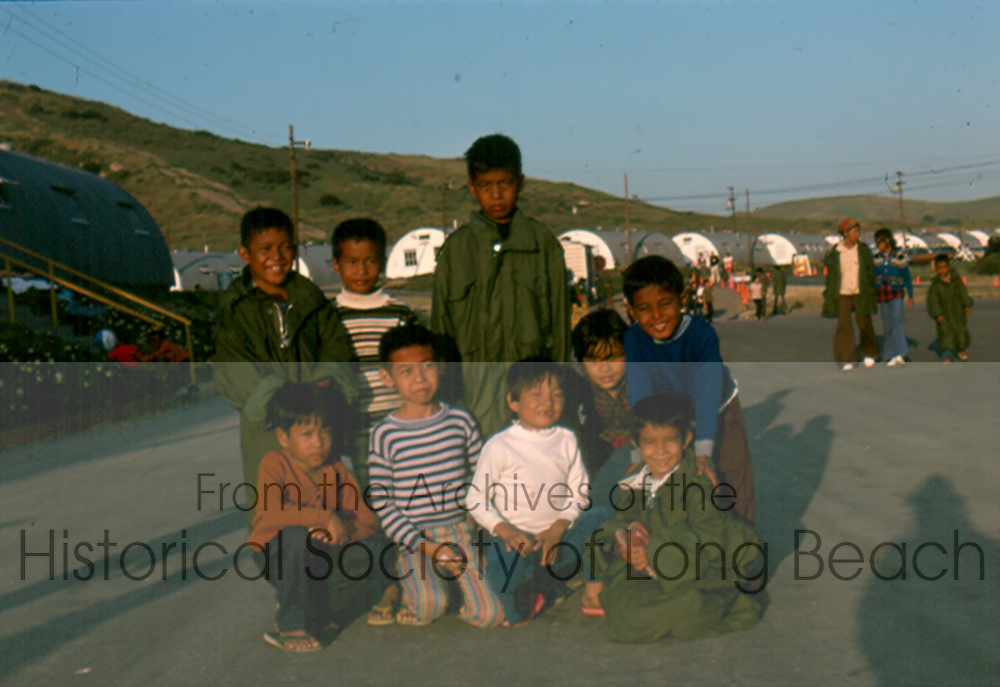
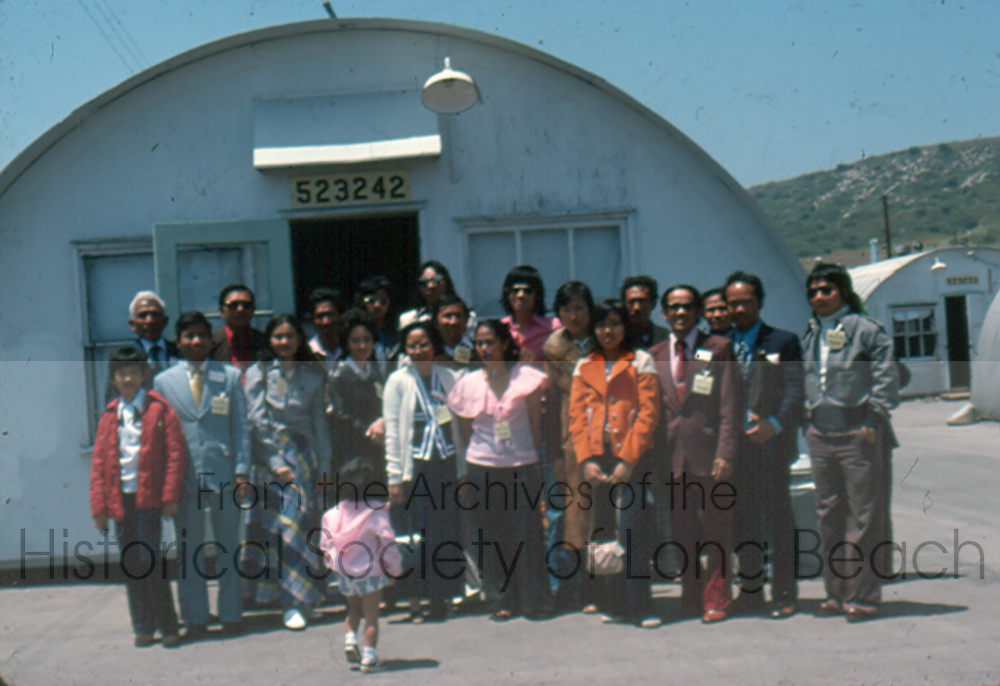

Documents
Letters written by David Kreng advocating for the sponsorship of Cambodian refugees:
✧ Letter on behalf of a group of artists
✧ Letters written on behalf of two buddhist monks
✧ Letter written on behalf of a buddhist monk, Ven. Kong Chhean
✧ Another letter written on behalf of a buddhist monk, Ven. Kong Chhean
Additional Resources
✧ Kreng’s AID Exchange Visitor Status Application
Letters and Speeches Advocating for Assistance to Cambodians 1975-1979:
✧ Bechtel Newsletter with Photo of Kreng
✧ Bechtel Thank You Khmer Solidarity Association
✧ American Embassy letter refusing increase in refugee admissions
✧ Appeal to Inter Agency Task Force to sponsor family member
✧ Kreng’s speech to Inter Agency Forum on Resettlement in Thailand
✧ Request to Inter Agency Forum on Resettlement LA County Cambodians
✧ Mailgram to Lutheran Social Services to increase Cambodian sponsorship
✧ Mailgram to Kissinger to request increase in Cambodian sponsorship
✧ Mailgram announcing increase in sponsorship of Cambodians
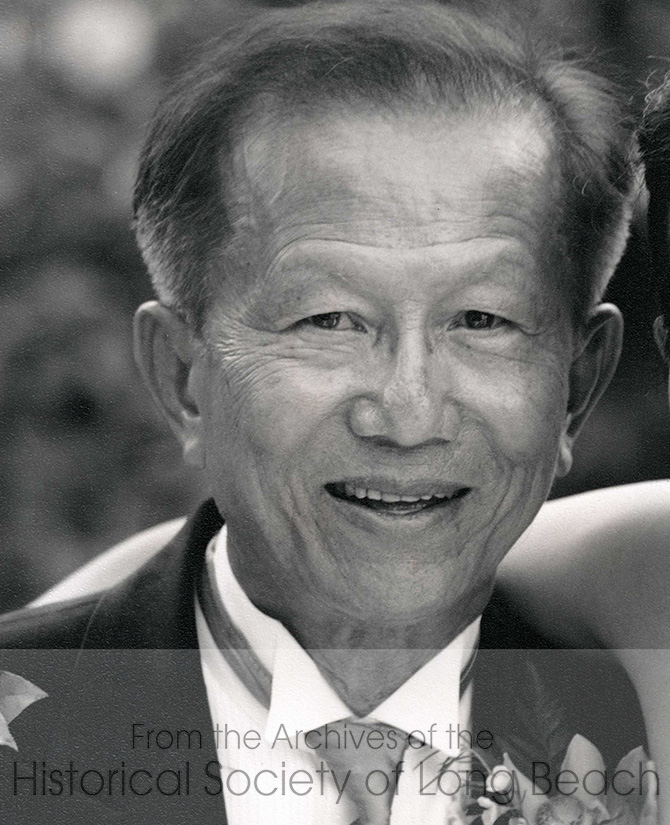
Kry Lay (1941-2021) was completing his doctorate in India when Cambodia fell to the Khmer Rouge in 1975. He and his wife, Phansuna Nourn Lay, obtained asylum in the U.S. and settled in Long Beach, CA. Lay dedicated himself to helping refugees acclimate to and embrace life in the United States, while establishing a community that preserved and honored the Cambodian culture. He helped to form the Cambodian Association of America (CAA), he was a co-founder of Wat Vipassanaram, Long Beach’s first Cambodian Buddhist temple, and, as an instructional associate and consultant for the Long Beach Unified School District’s South East Asian Learner’s (S.E.A.L.) project, he was instrumental in developing instructional materials for the newly arriving Cambodian refugee children. For more about Kry Lay, see “A Community Leader for Cambodian Americans and Beyond” below.
Images
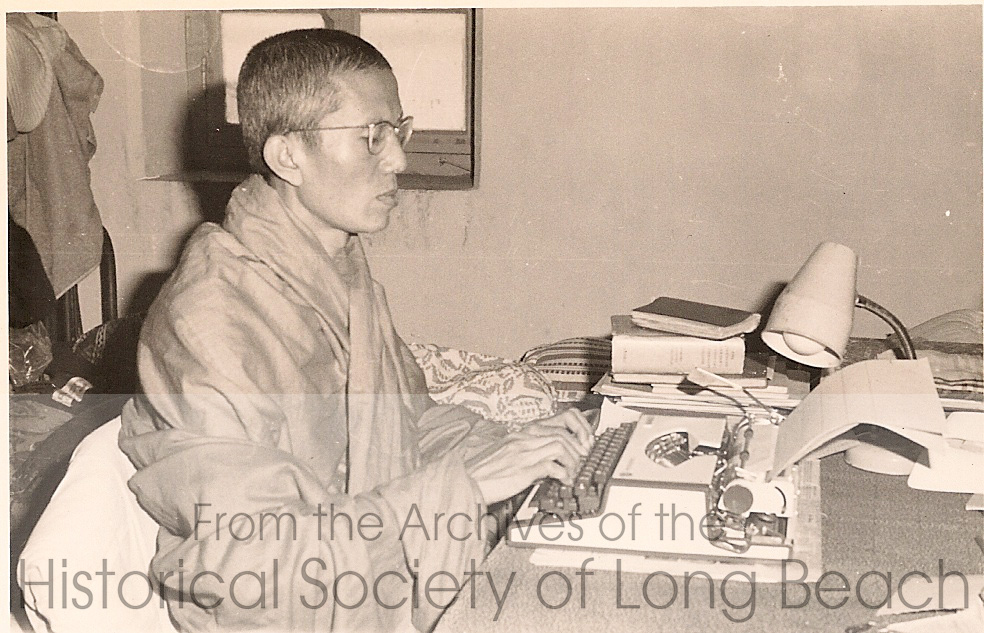
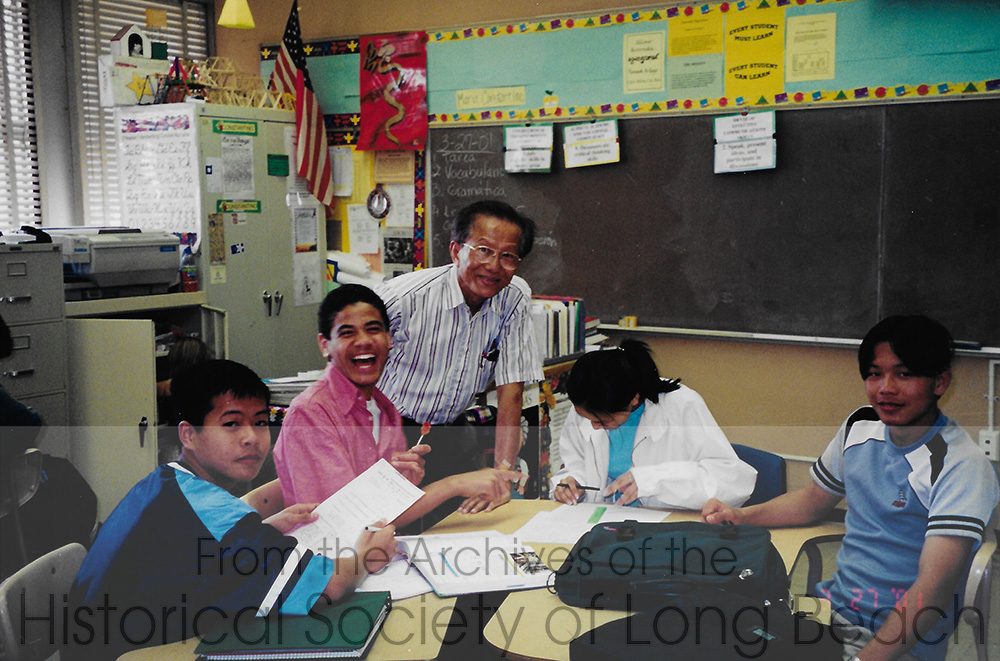
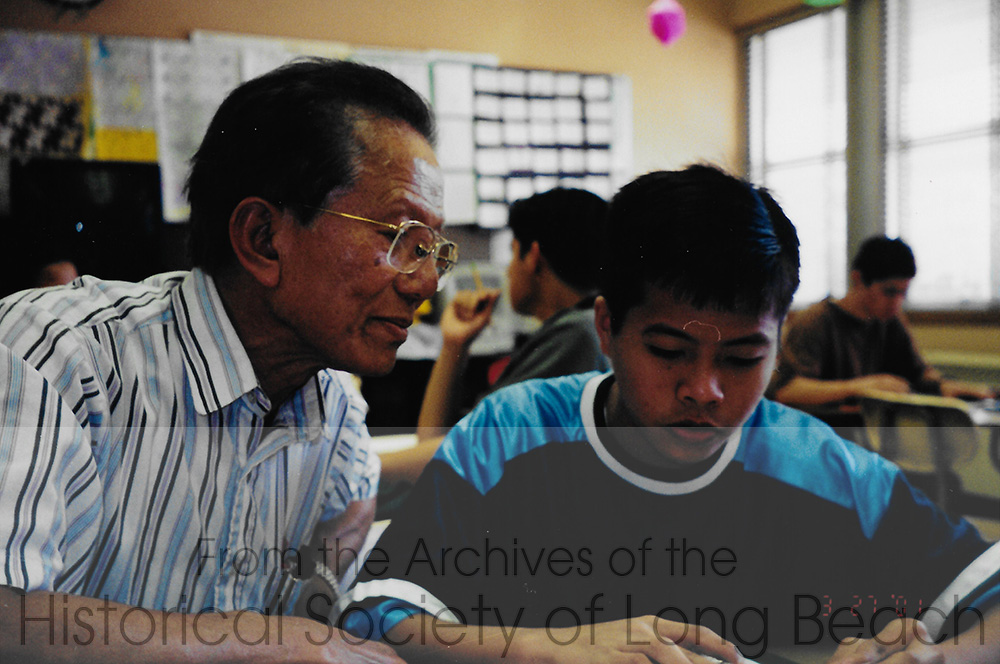
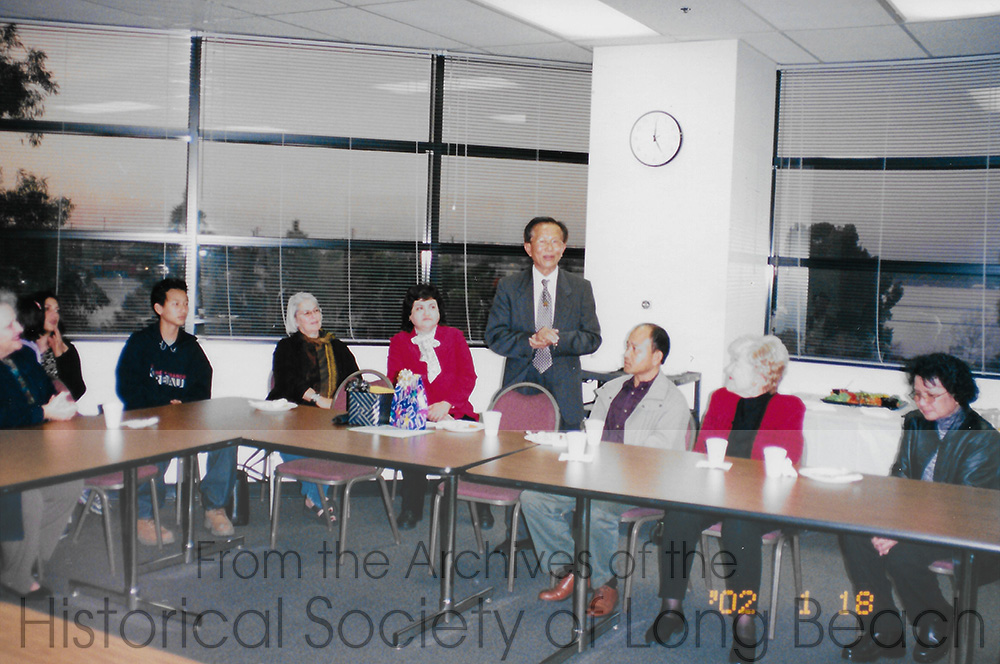
Additional Resources
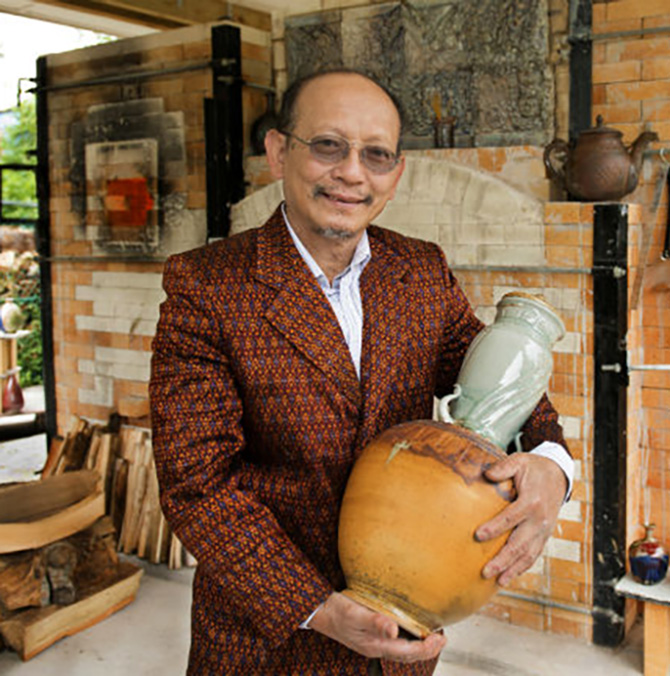
Yary Livan is a Cambodian ceramist, one of few who survived the Khmer Rouge period and who lives in the U.S. Livan is passionate about teaching ceramics and sharing his artistic knowledge with younger generations. For more about Livan, see an extended biography in the National Endowment for the Arts piece below.
Videos
Additional Resources
✧ Yary Livan, Cambodian Ceramist – National Endowment for the Arts
✧ He Fled Cambodia’s Genocide. Now He’s Fighting To Save His Ceramics Tradition
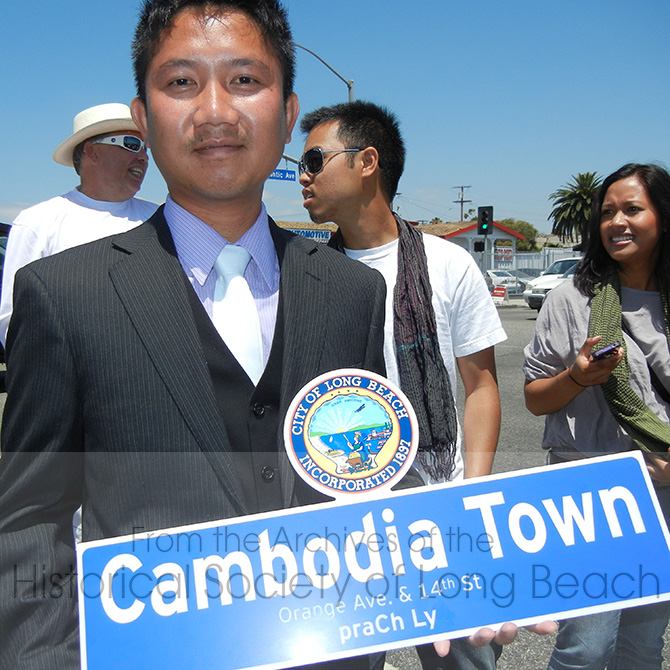
PraCh Ly is a highly accomplished and well-known Long Beach rapper, film maker, film composer, and community advocate. PraCh was born in rural Cambodia but grew up in the “the mean streets of America” in North Long Beach, CA. He began his musical career by mixing rap and traditional Cambodian musical forms to tell stories of the Cambodian genocide and life in the Cambodian community of the U.S. He has since moved into making and producing films and is the founder and director of the Cambodia Town Film Festival, held annually in Long Beach. See PraCh’s extended bio here.
Images
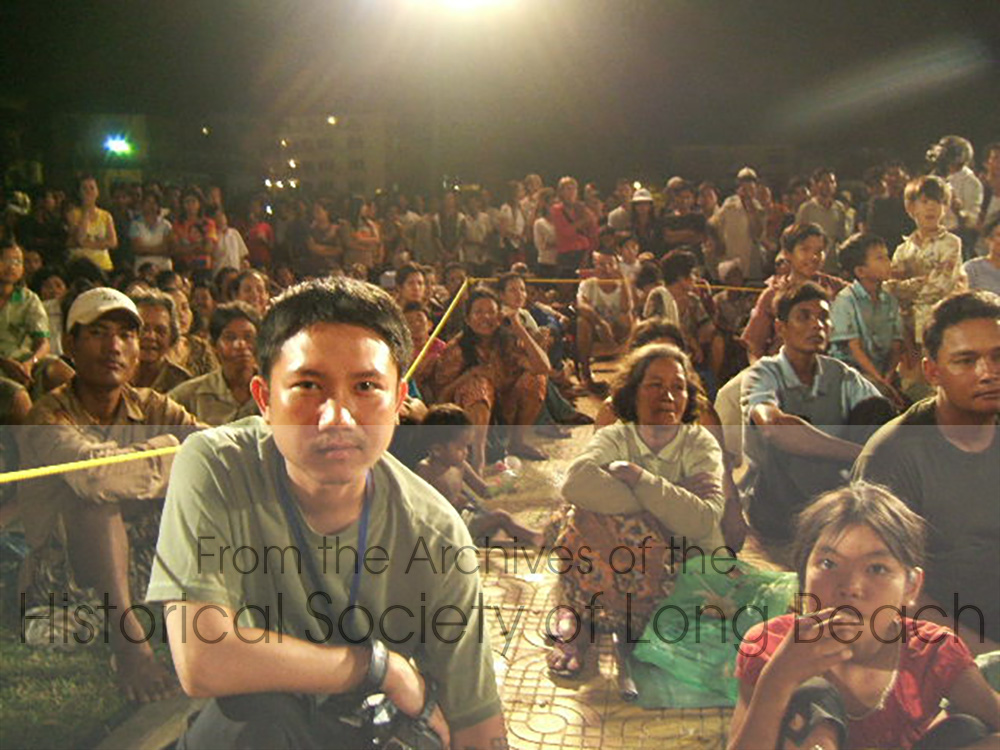
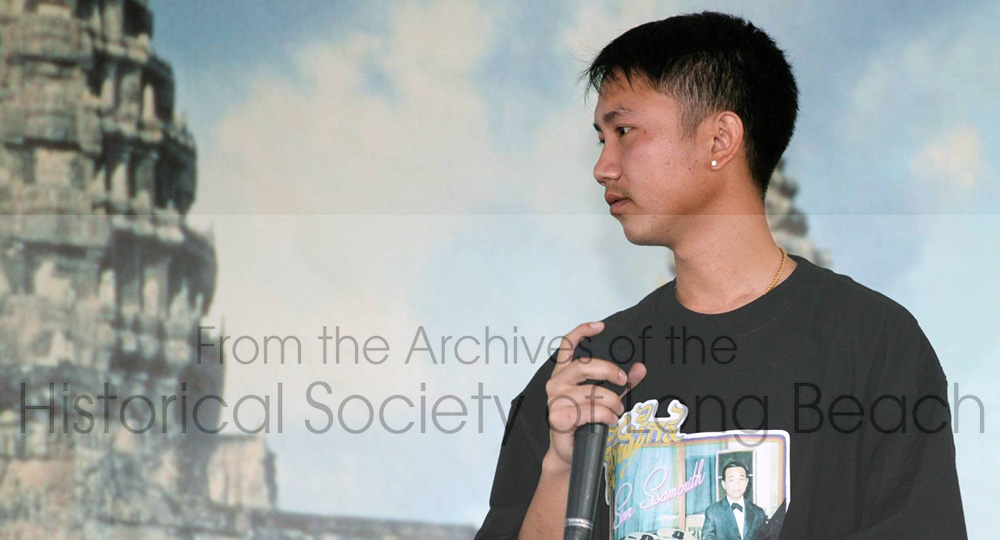

Videos
Additional Resources
✧ “Soundtrack of Violent Streets” – Los Angeles Times – Dec. 17, 2003
✧ Hip-Hop about Pol Pot: a pirated CD introduces rap music to Cambodia – Newsweek International – 2001
✧ “Three Rap Lyrics” (2004) In the Shadow of Angkor
✧ “Art of faCt: An Interview with praCh” (2004) In the Shadow of Angkor
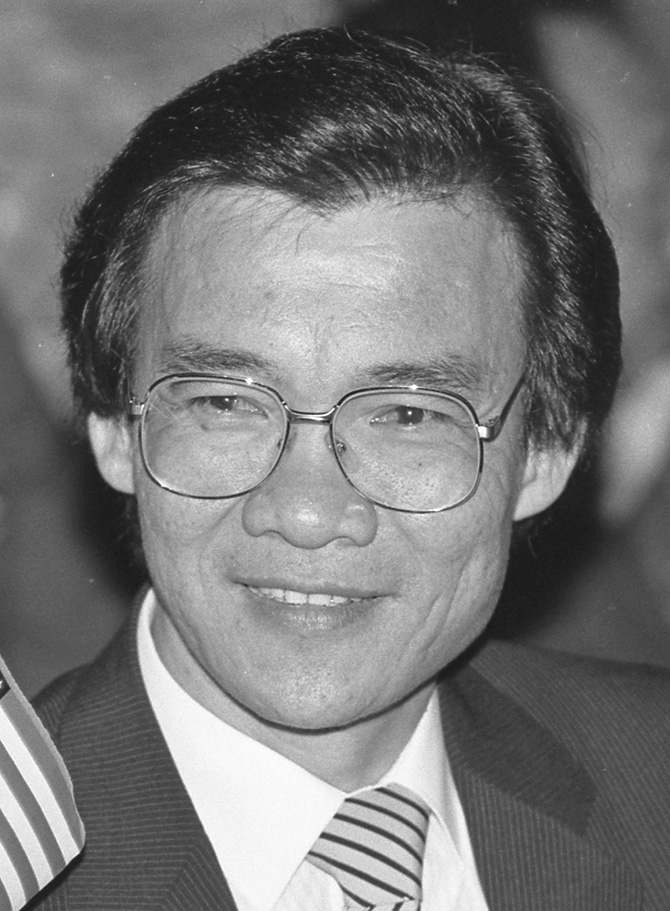
Haing Ngor (1940-1996) came to the U.S. in 1980 after surviving the Khmer Rouge. In Cambodia, he had been a gynecologist. He survived the Khmer Rouge by pretending that he knew nothing about medicine. With no credentials or proof of his education, Ngor was unable to practice medicine in the U.S. However, he was cast to play the Cambodian journalist, Dith Pran, in the movie, The Killing Fields, a role for which he received the 1984 Academy Award for Best Supporting Actor. Ngor was killed during a robbery outside his Los Angeles home in 1996.
Videos
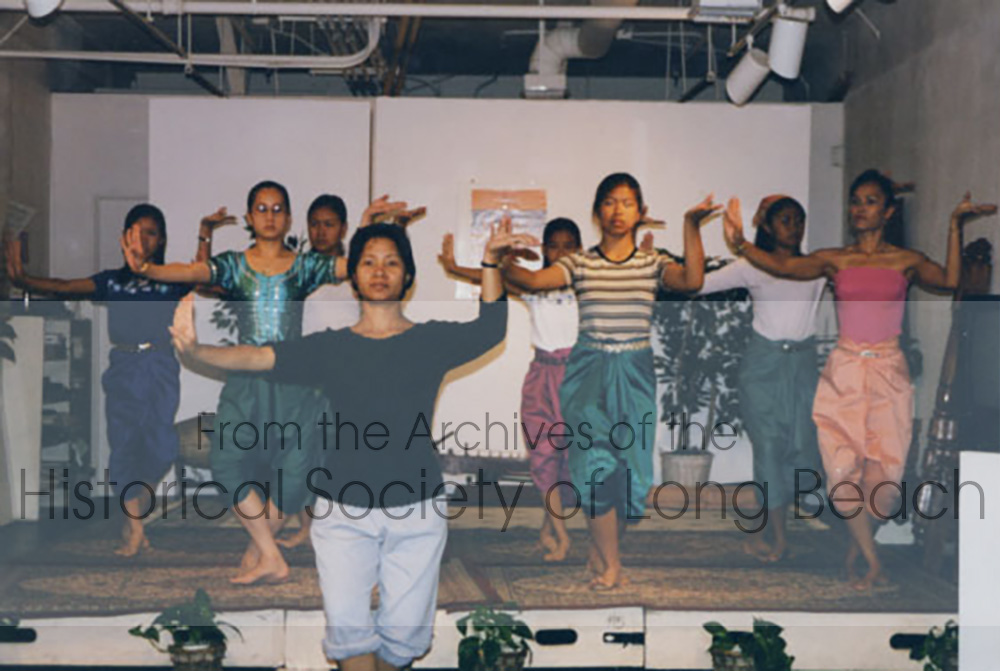
Sophiline Cheam Shapiro first came to the U.S. in 1990 with the Classical Dance Company of Cambodia. She was among the first students to be classically trained in Cambodia after the fall of the Khmer Rouge. Sophiline moved to Long Beach in 1991 where she began teaching classes in Cambodian classical dance. She eventually opened the Khmer Arts Academy, a nonprofit Cambodian dance studio in Long Beach. She and her family (husband, John Shapiro and twin sons) have since returned to Cambodia where she is artistic director of Sophiline Arts. Sophiline is an internationally acclaimed choreographer who has created exceptional original pieces.
Images

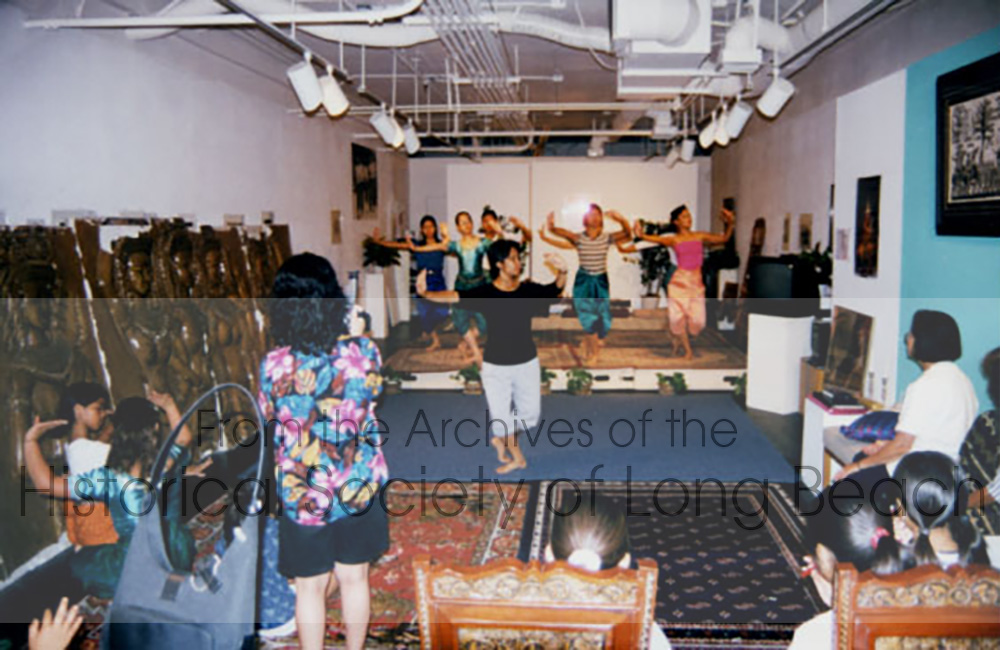
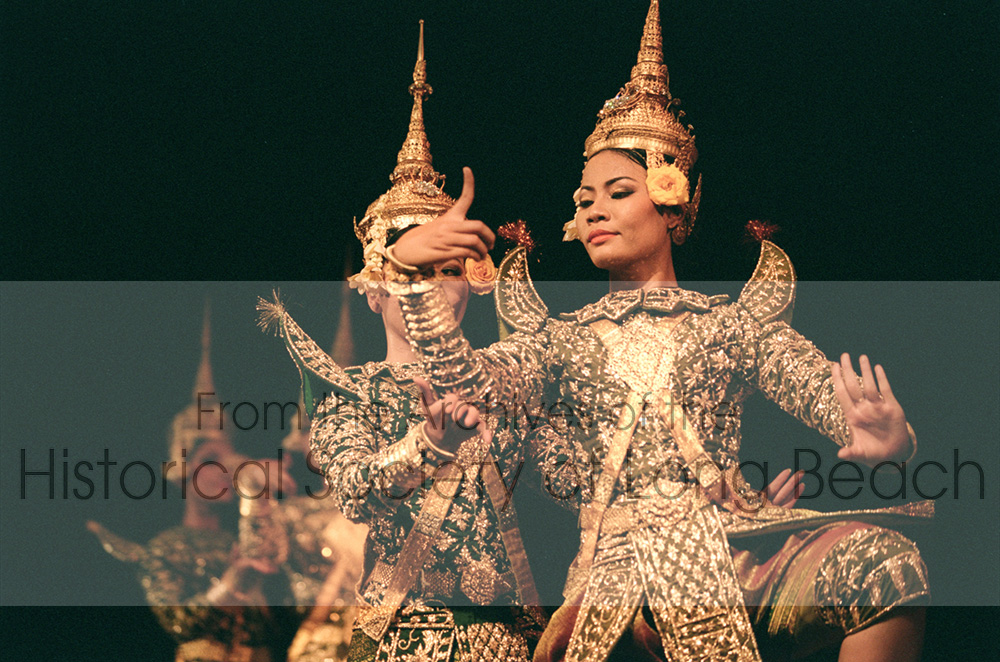
Videos
Additional Resources
✧ “New dances use old forms” (March 27, 2005) The Orange County Register
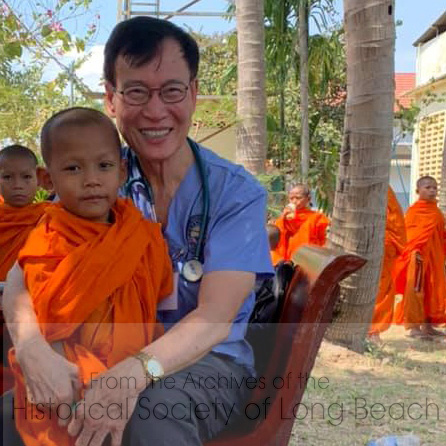
When the Khmer Rouge took control of Cambodia, Dr. Song Tan was doing his medical internship at the Hospital of Phnom Penh. Dr. Tan survived the Khmer Rouge and was sponsored to the U.S. He continued his studies at the University of Hawaii and soon after became a Fellow of the American Academy of Pediatrics. Dr. Tan is also the founder and Director of the Cambodian Health Professionals Association of America which organizes annual health missions in Cambodia. He practices pediatric medicine in Long Beach, California. For a more detailed bio, refer to this link: CHPAA Website
Images

Videos
Additional Resources
✧ On a Mission to Help Cambodia – Press Telegram – Dec. 21, 2010

Pich Yon was a force in helping to establish Cambodian dance and music in Long Beach. Shortly after arriving in the U.S., he began making masks and costumes from memory with unfamiliar materials available in the U.S. He helped organize dance troupes, rehearsals, and performances. He also provided transportation to dance classes for students who needed it. He performed on stage, but always as a masked character, such as Hanuman. He rarely showed his face while on stage.
Images
